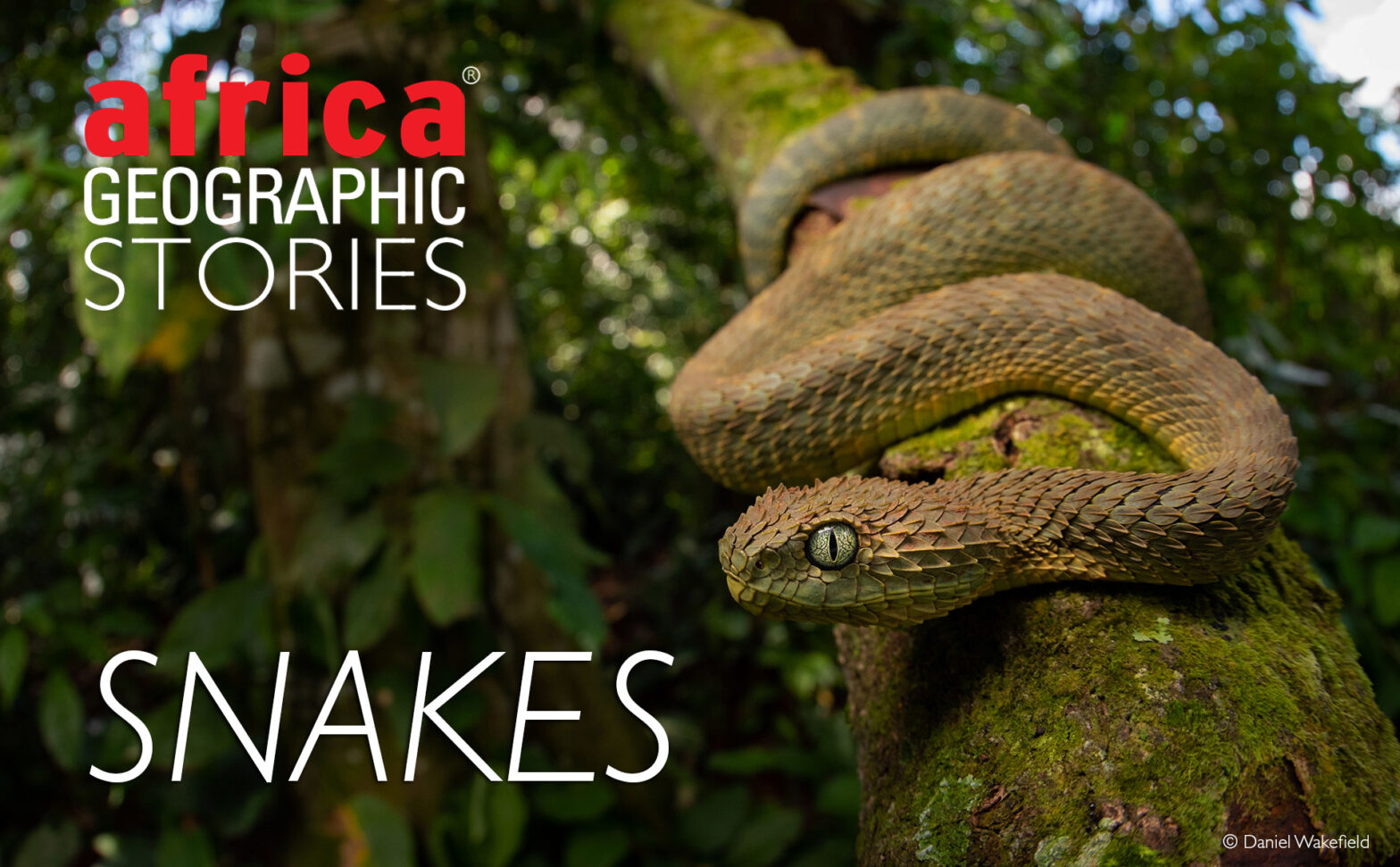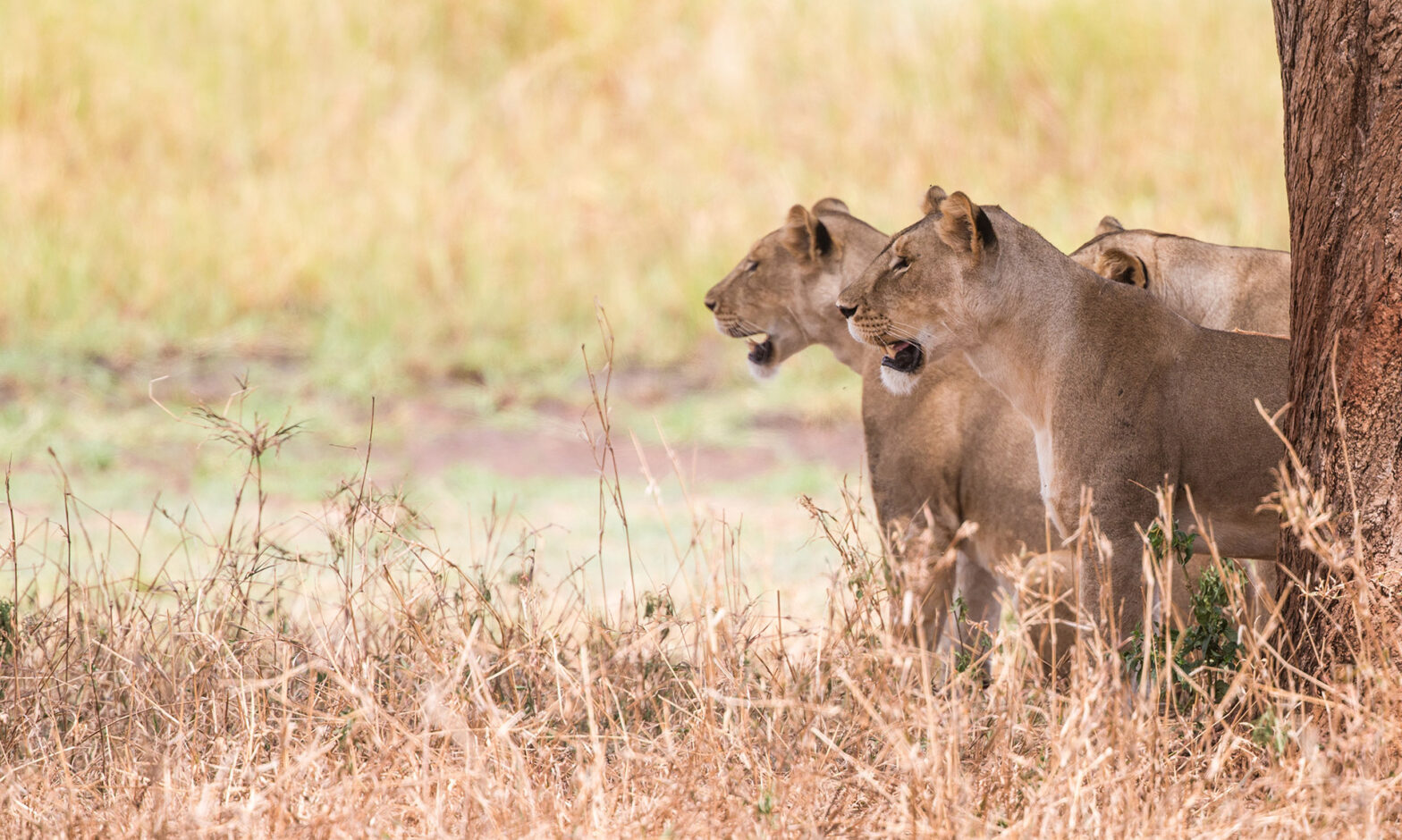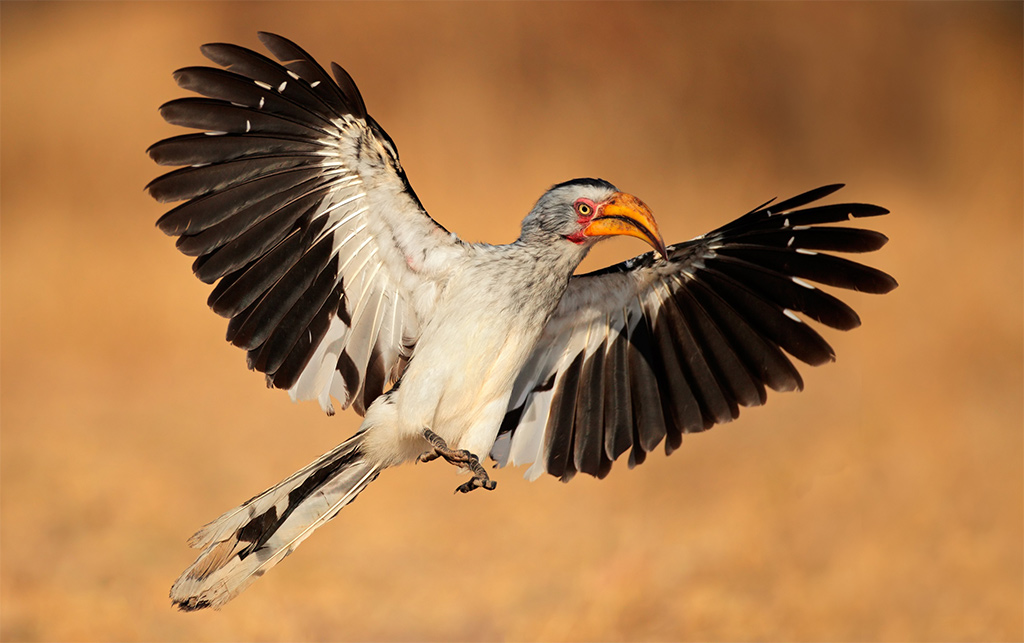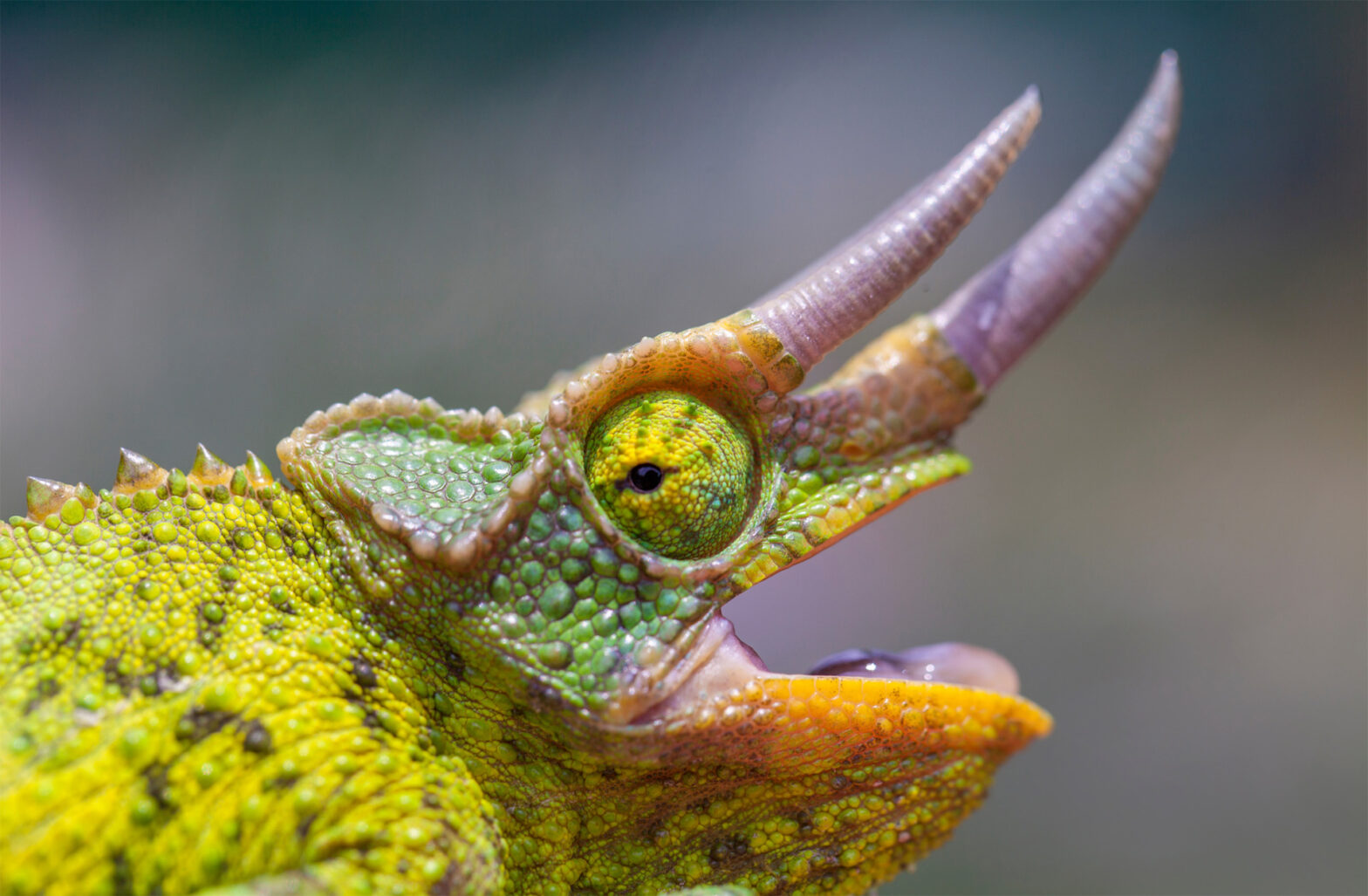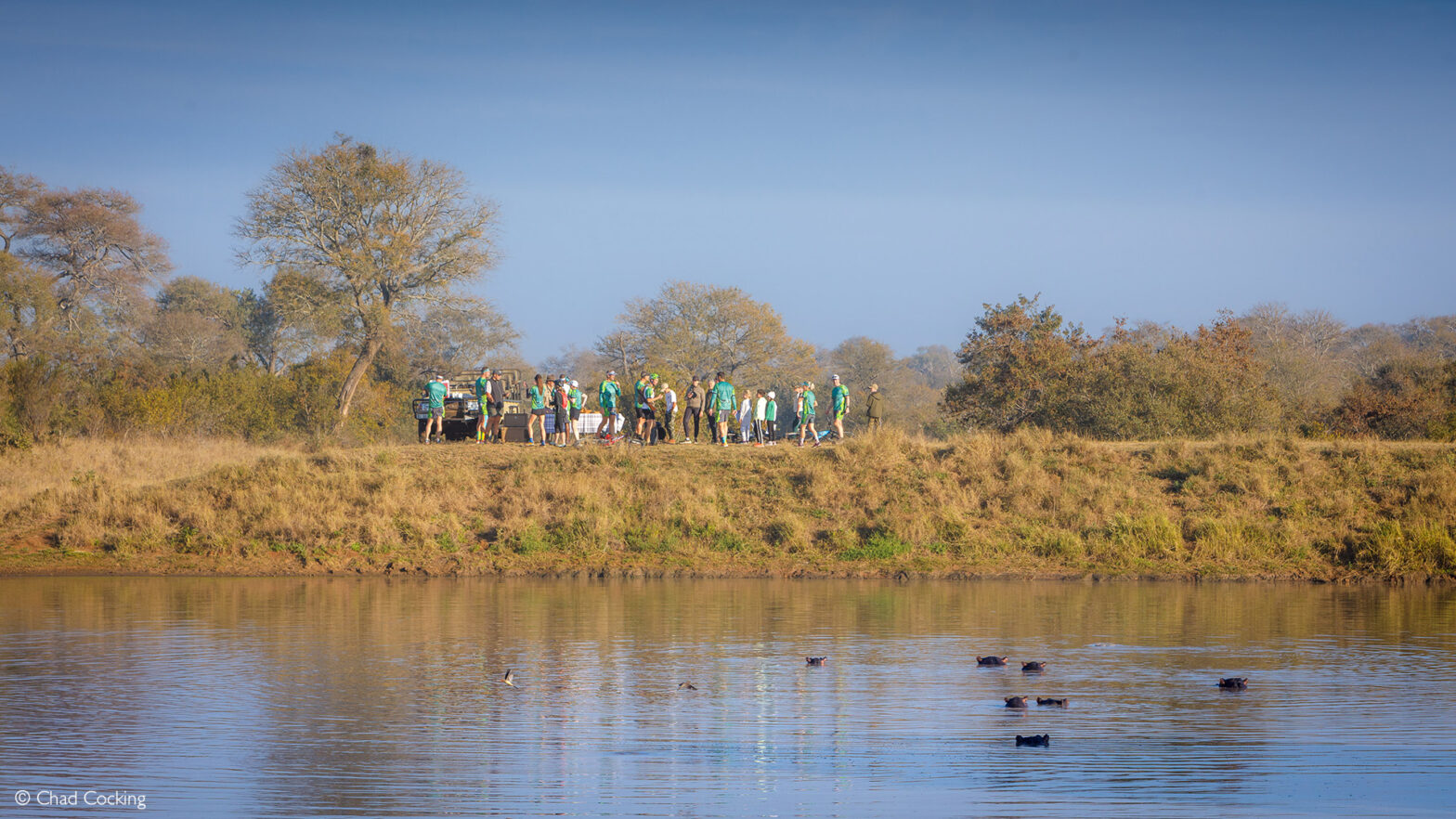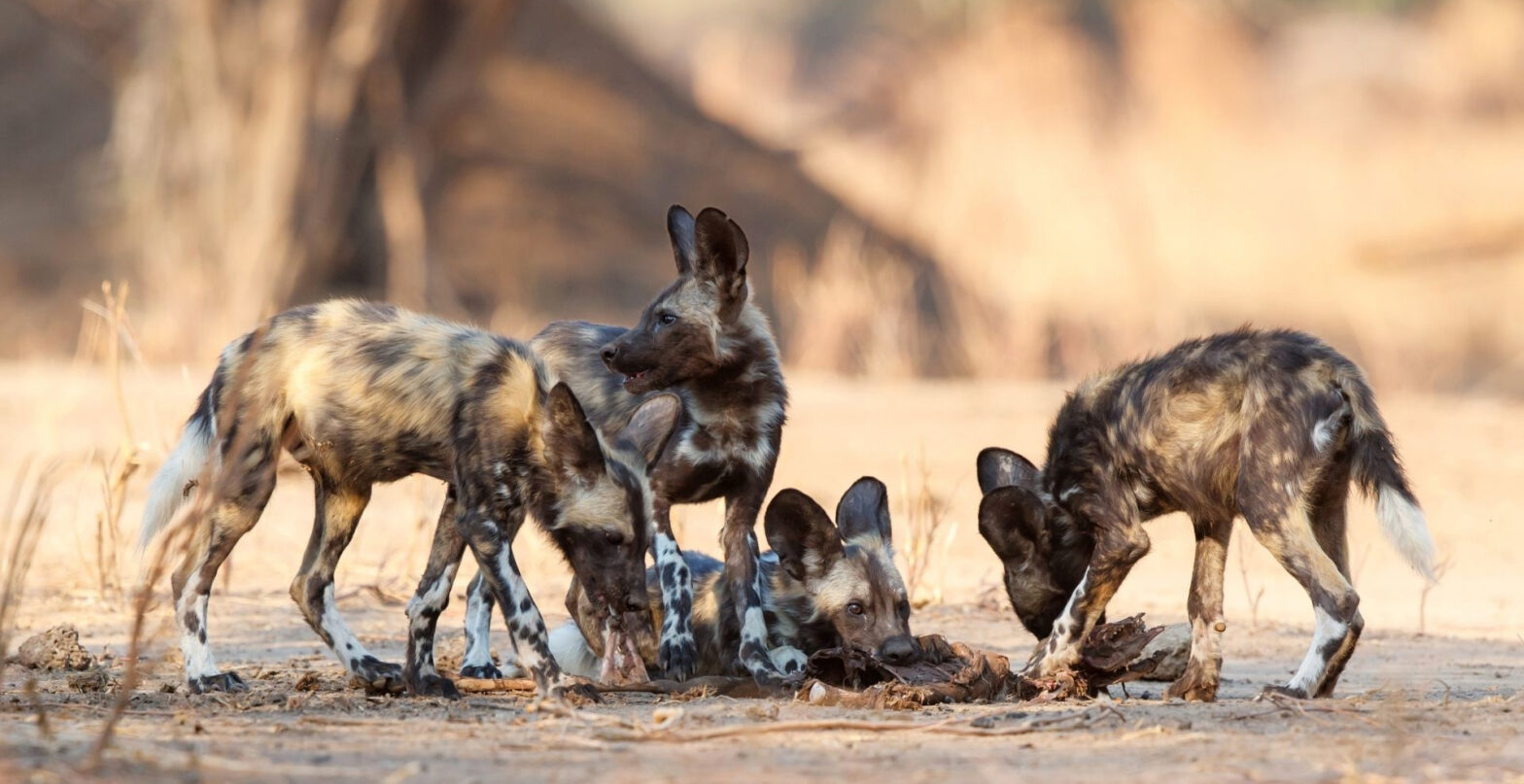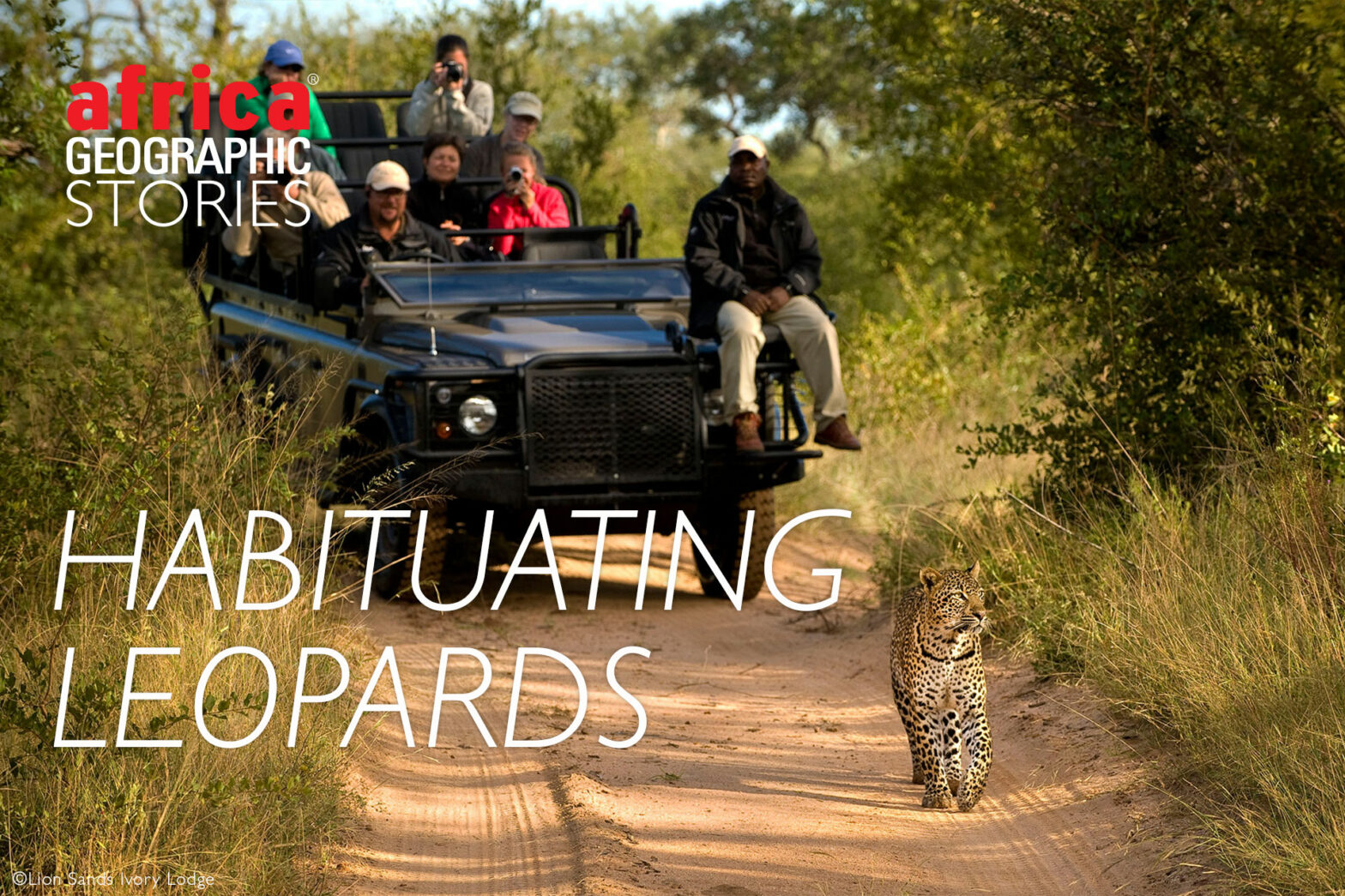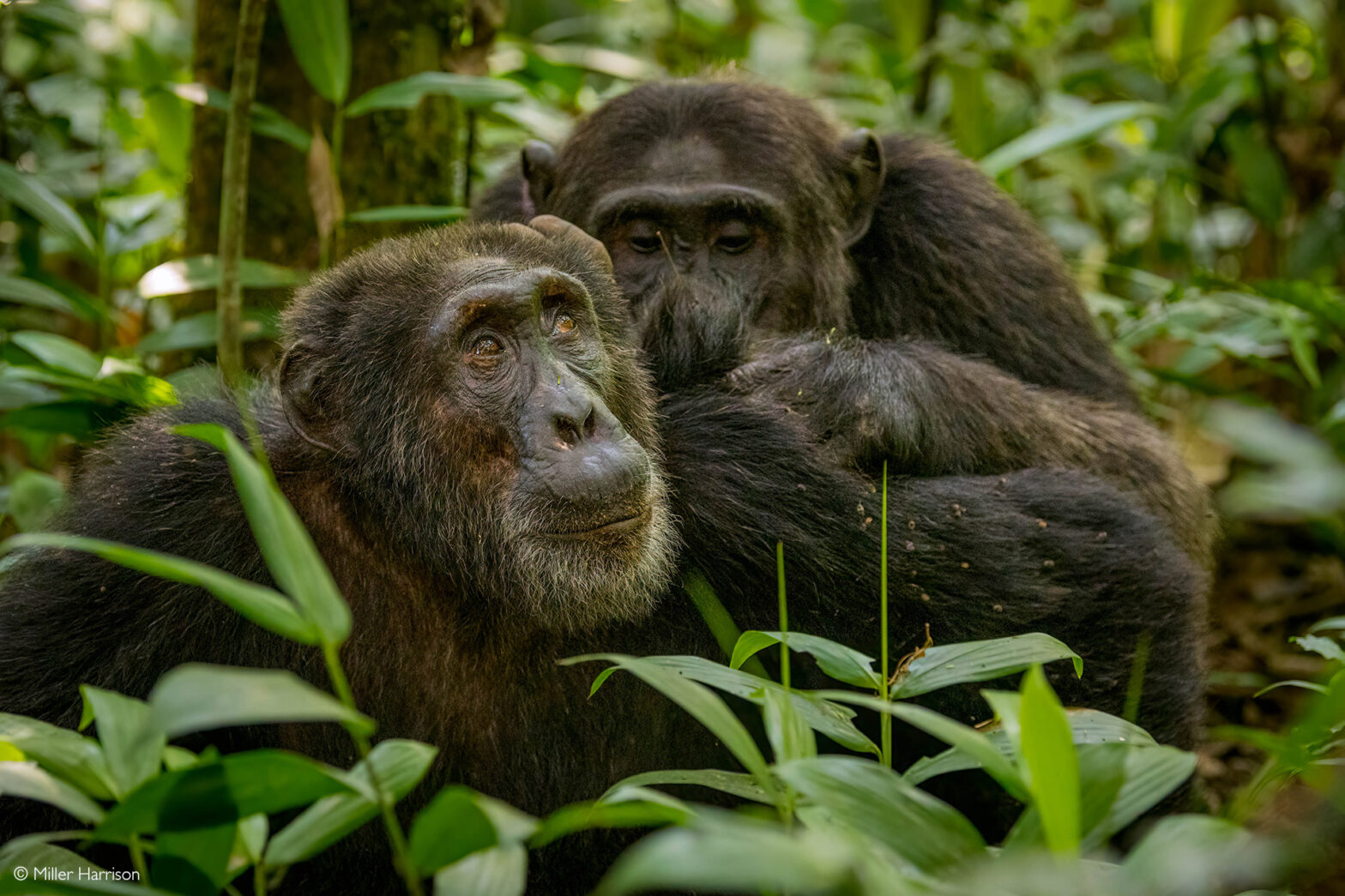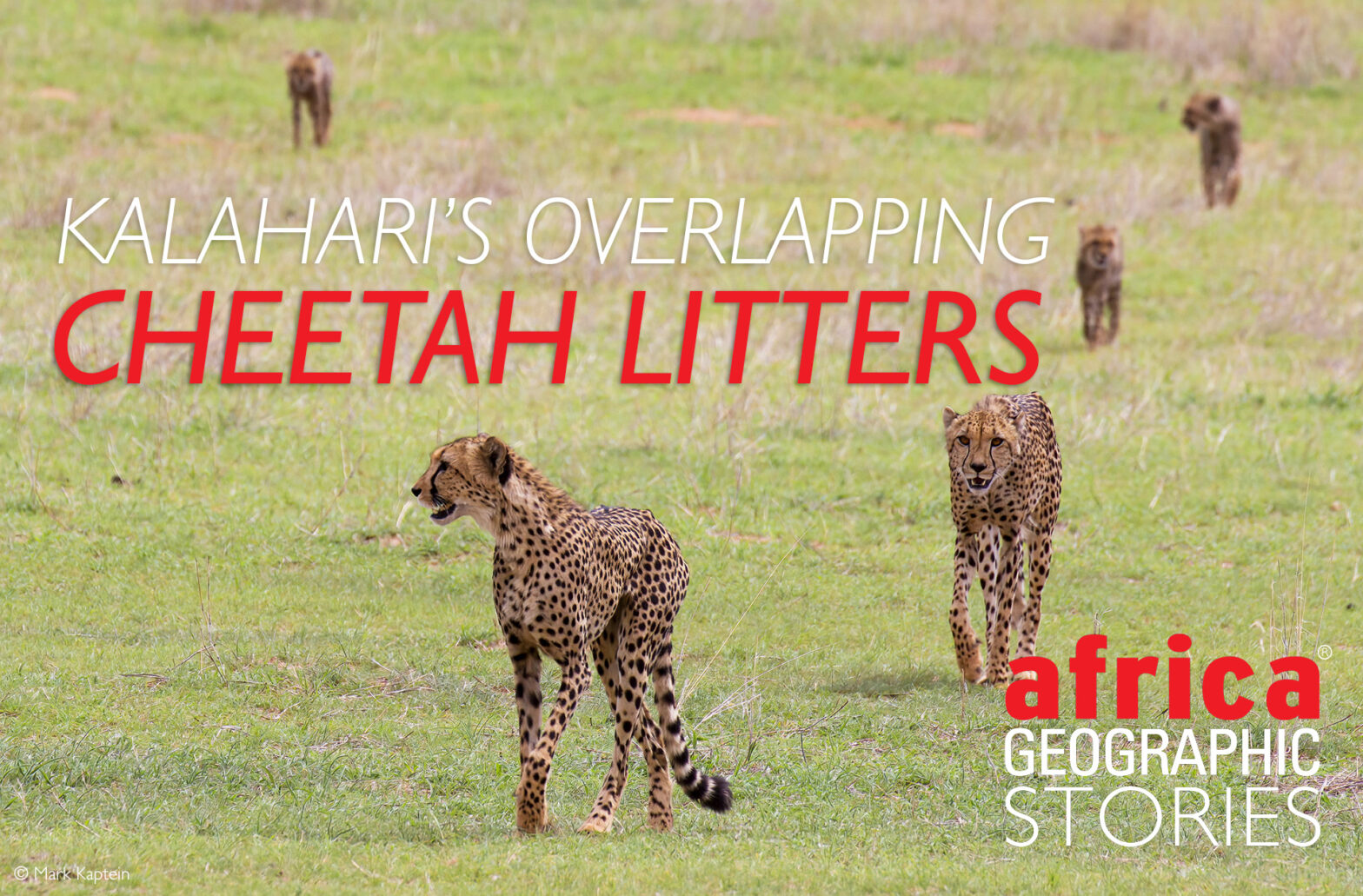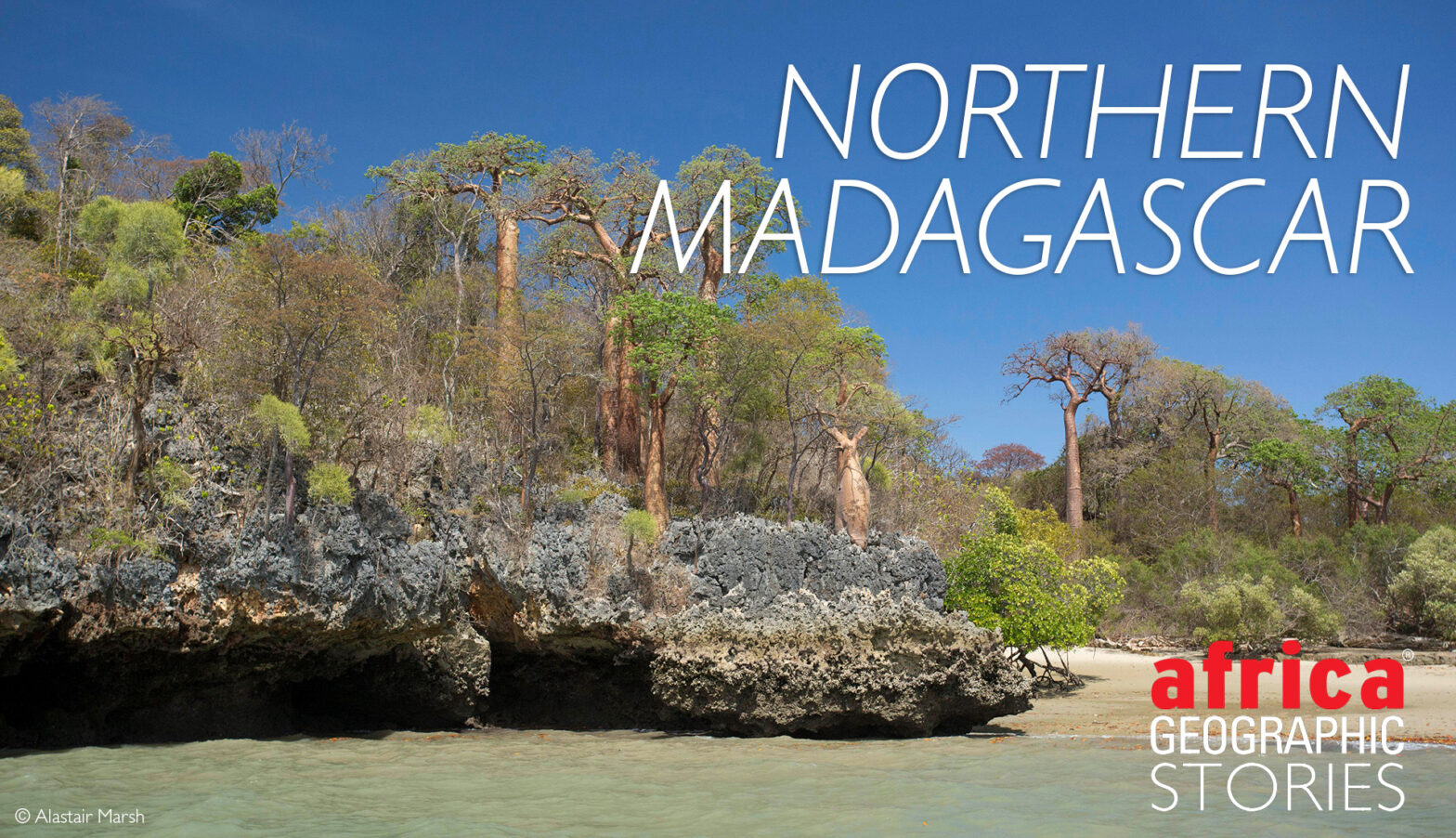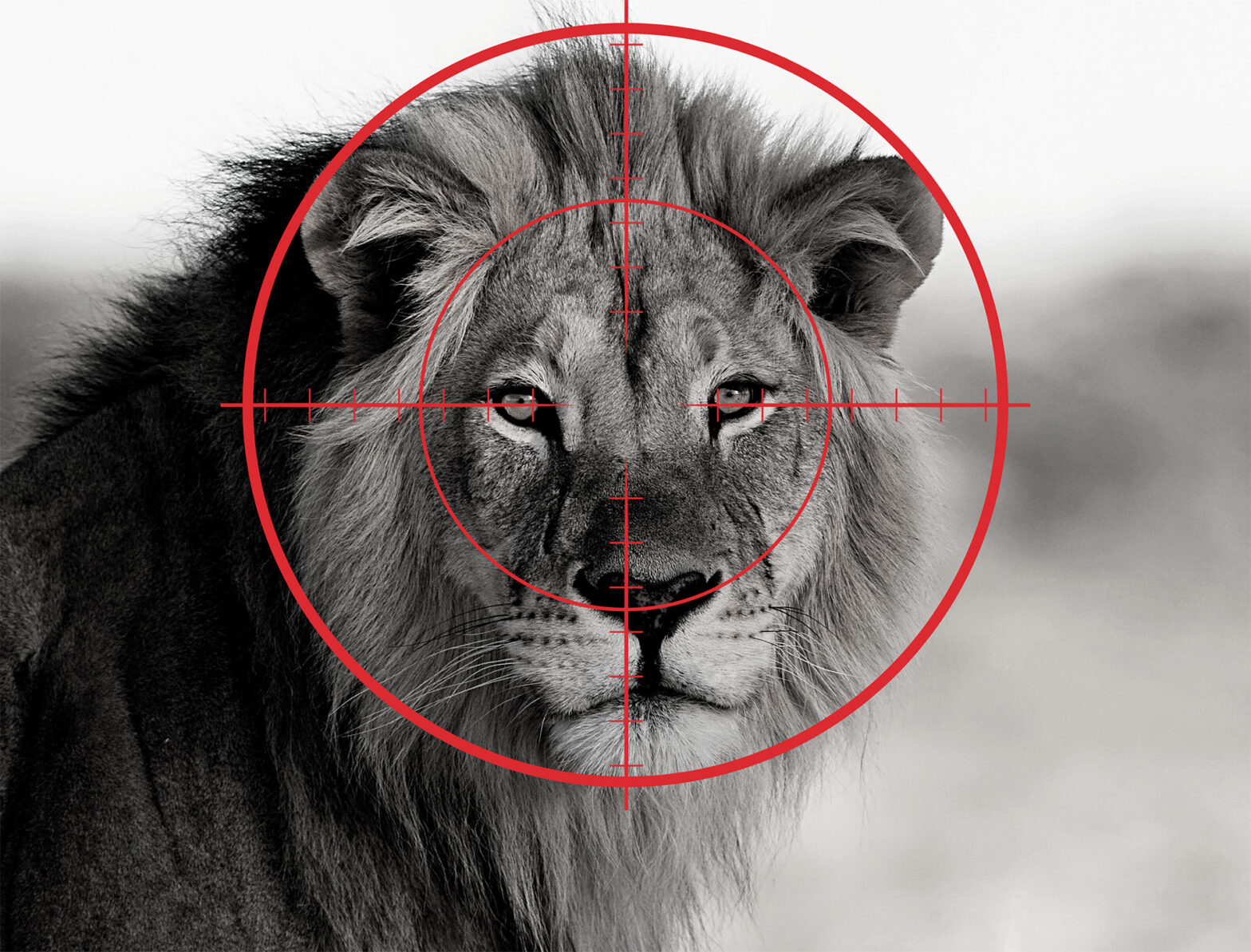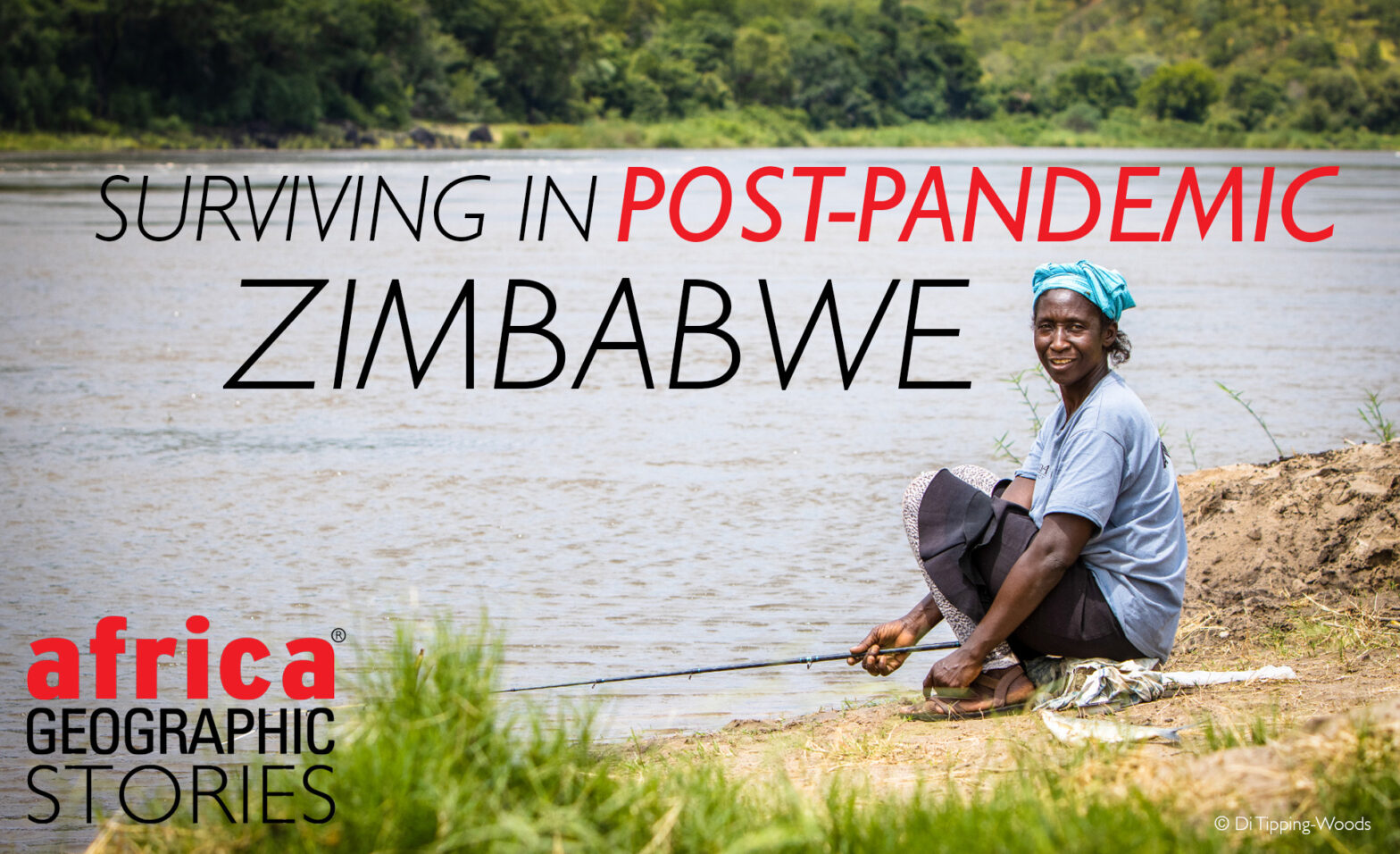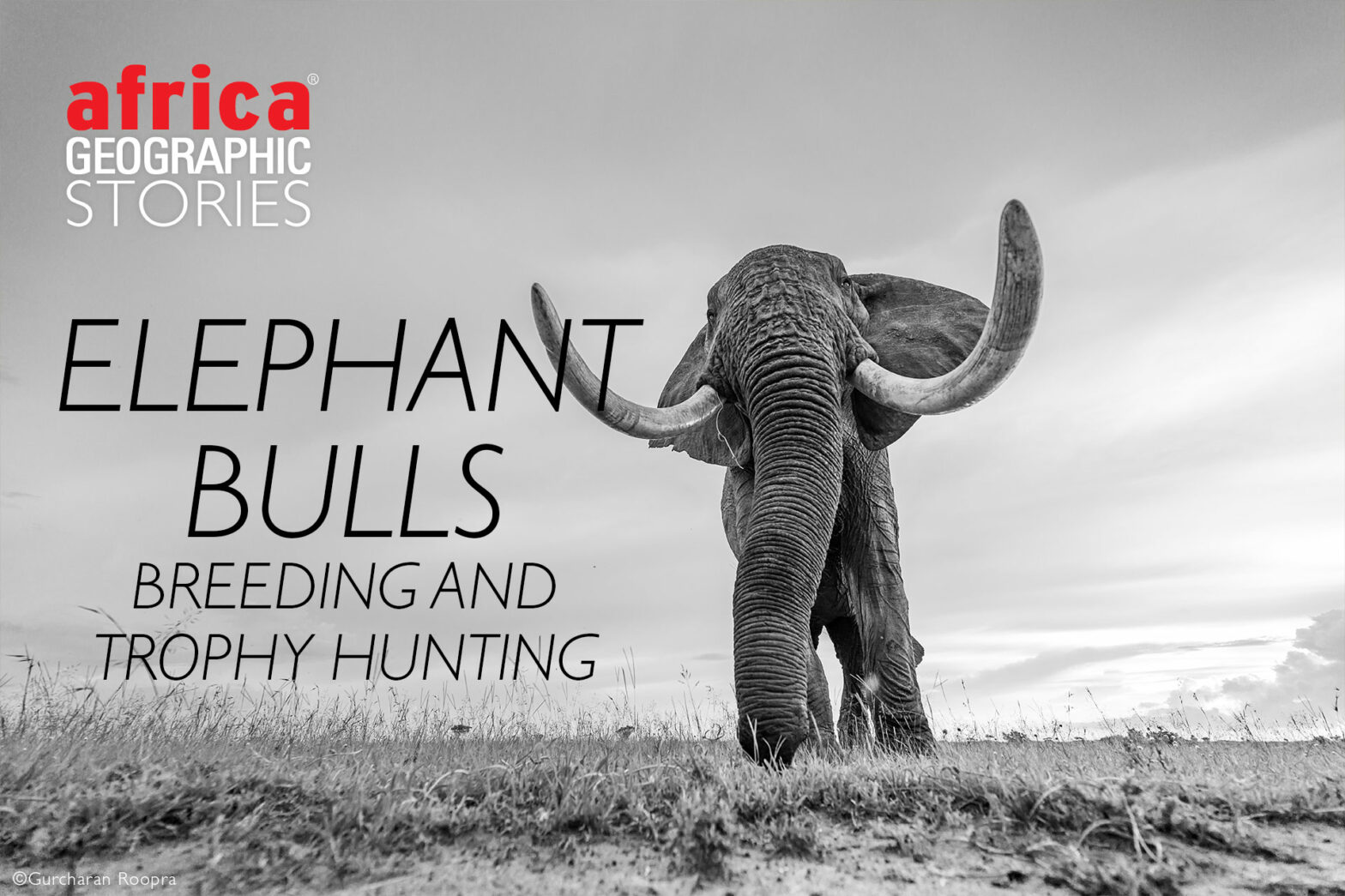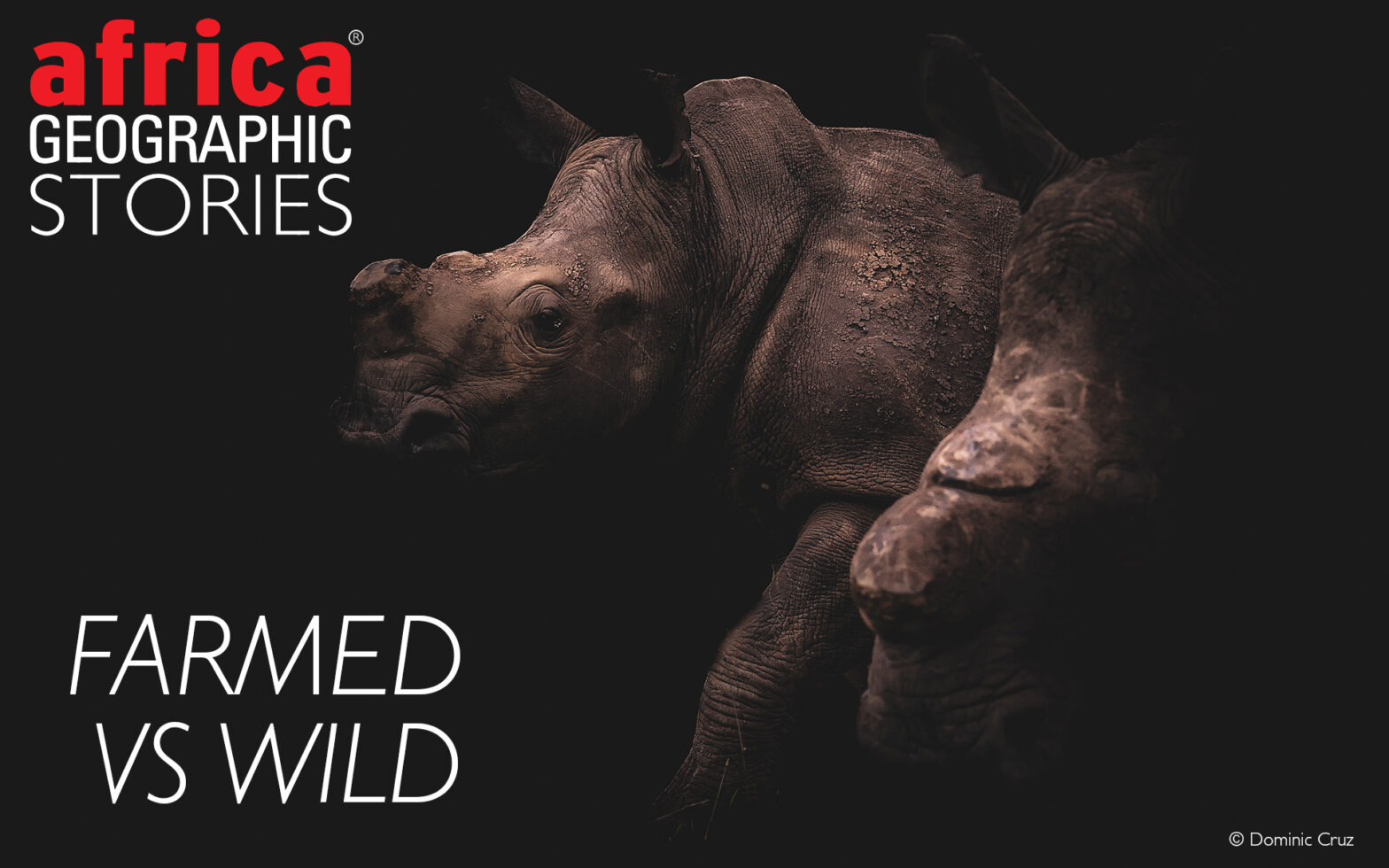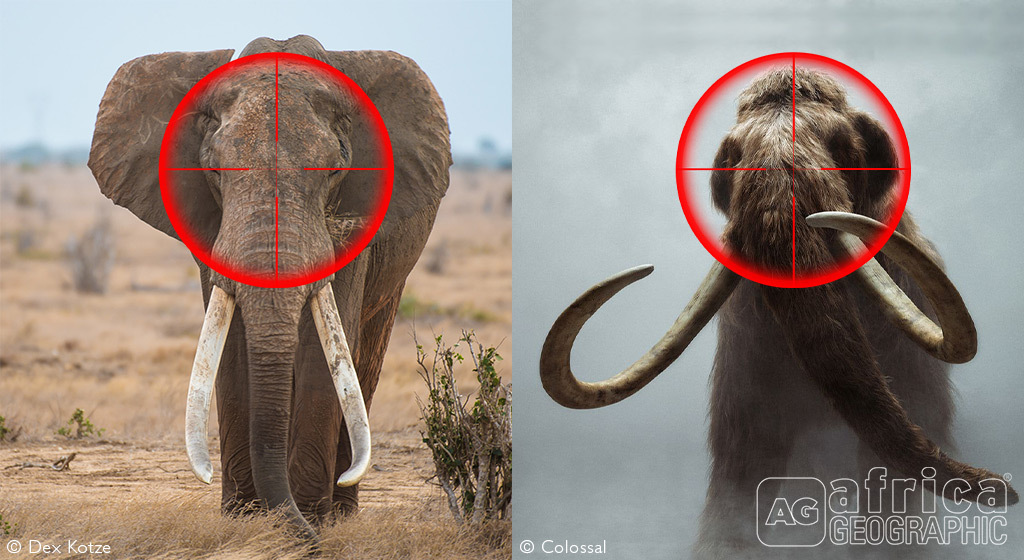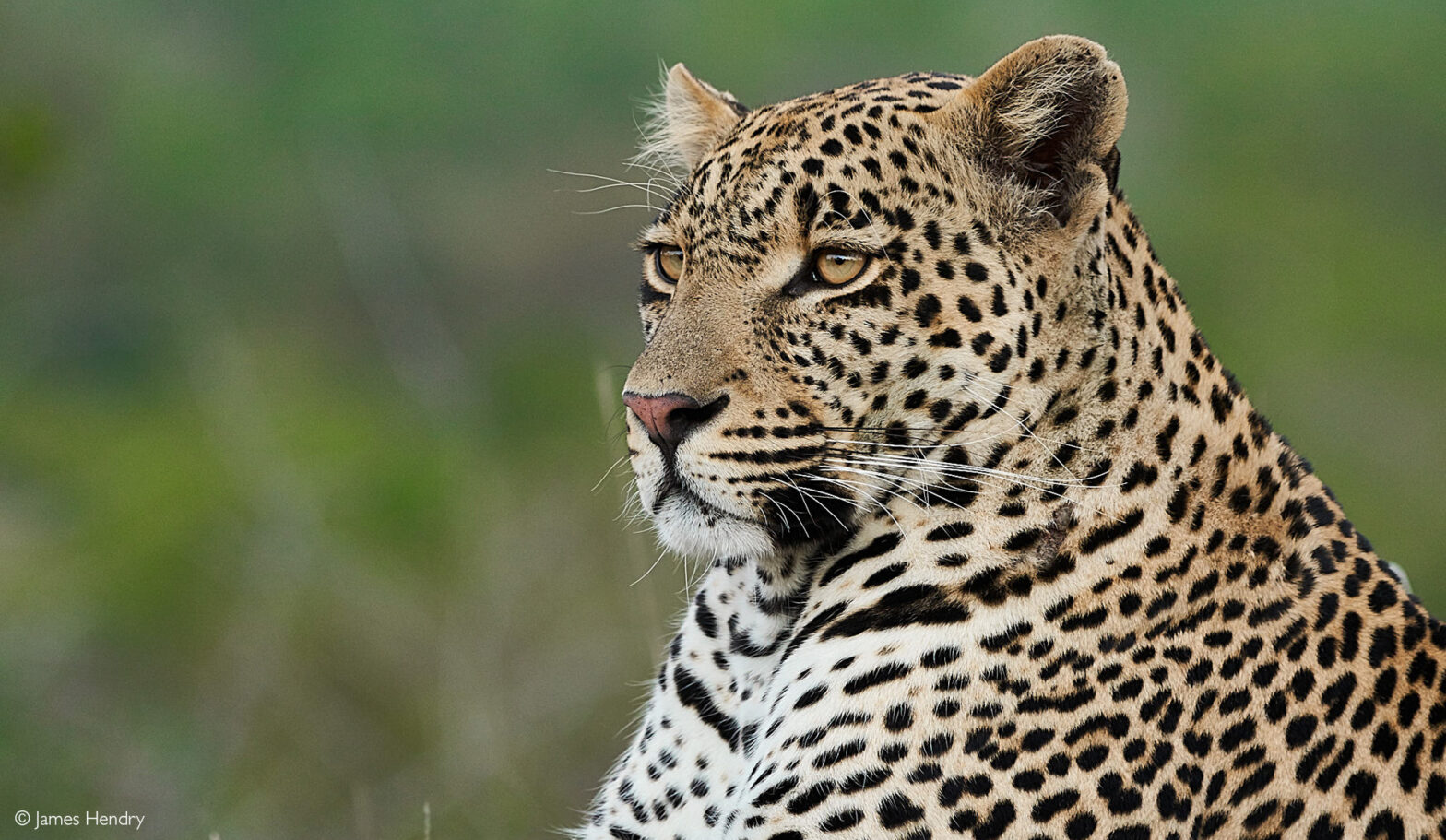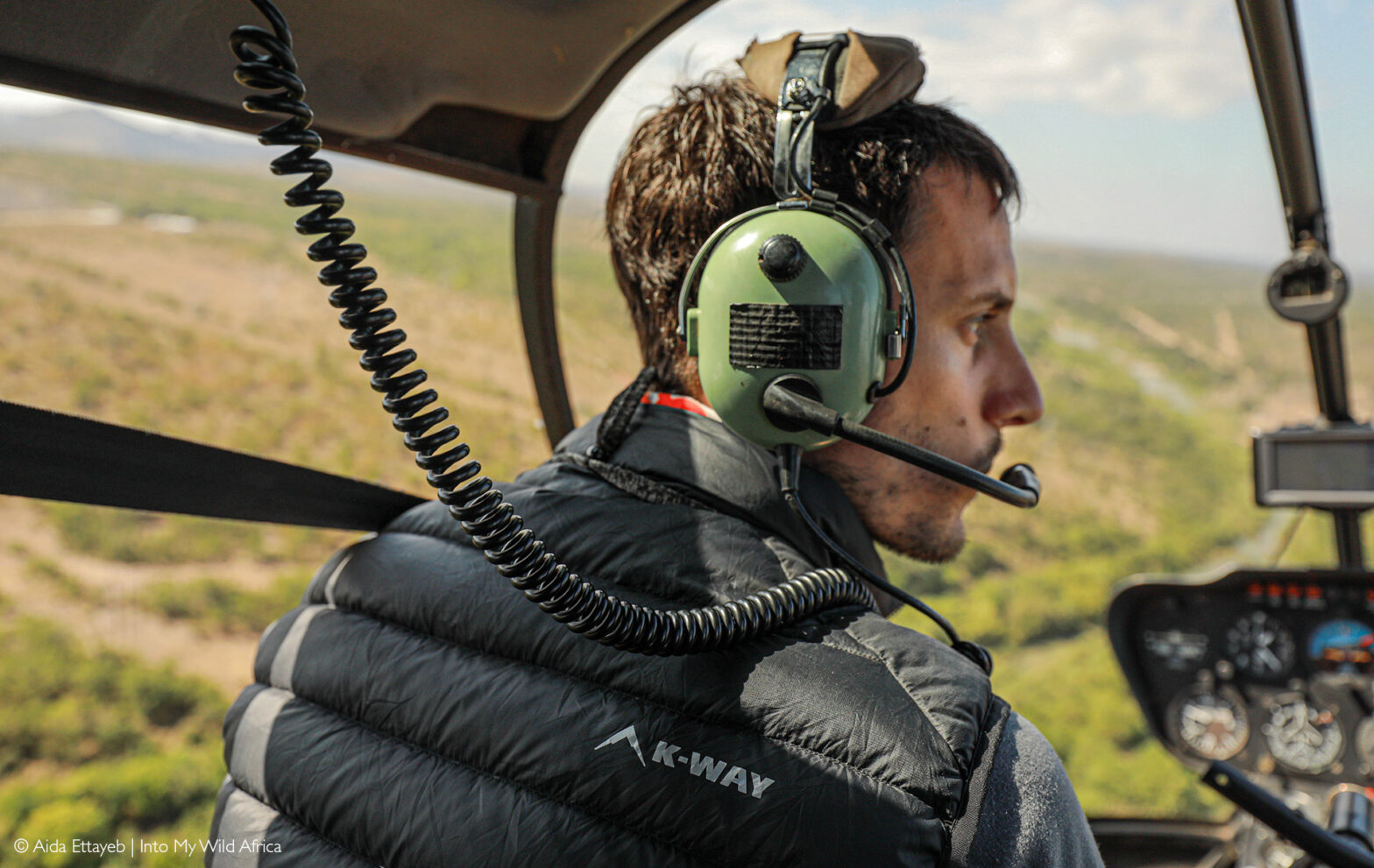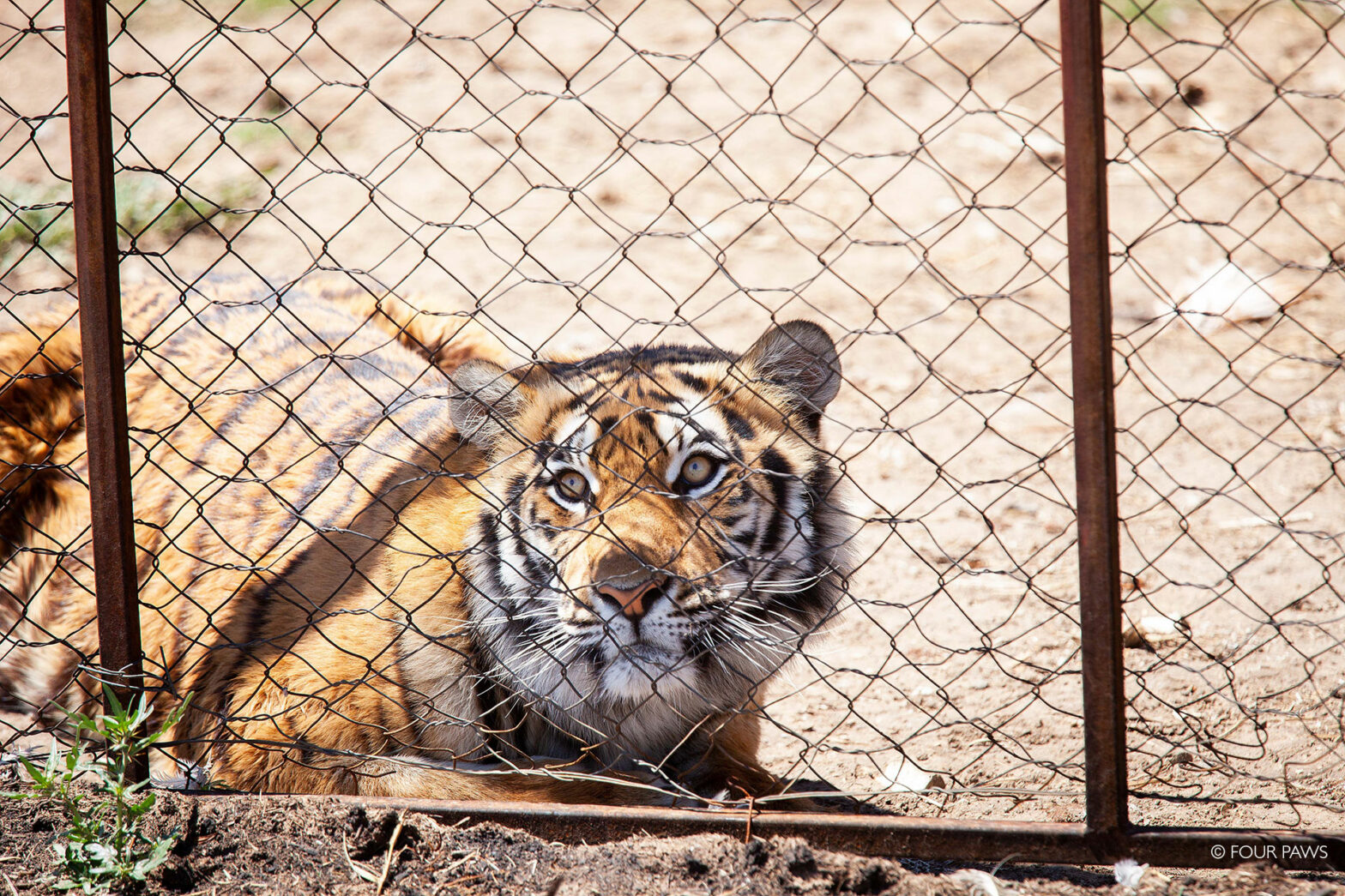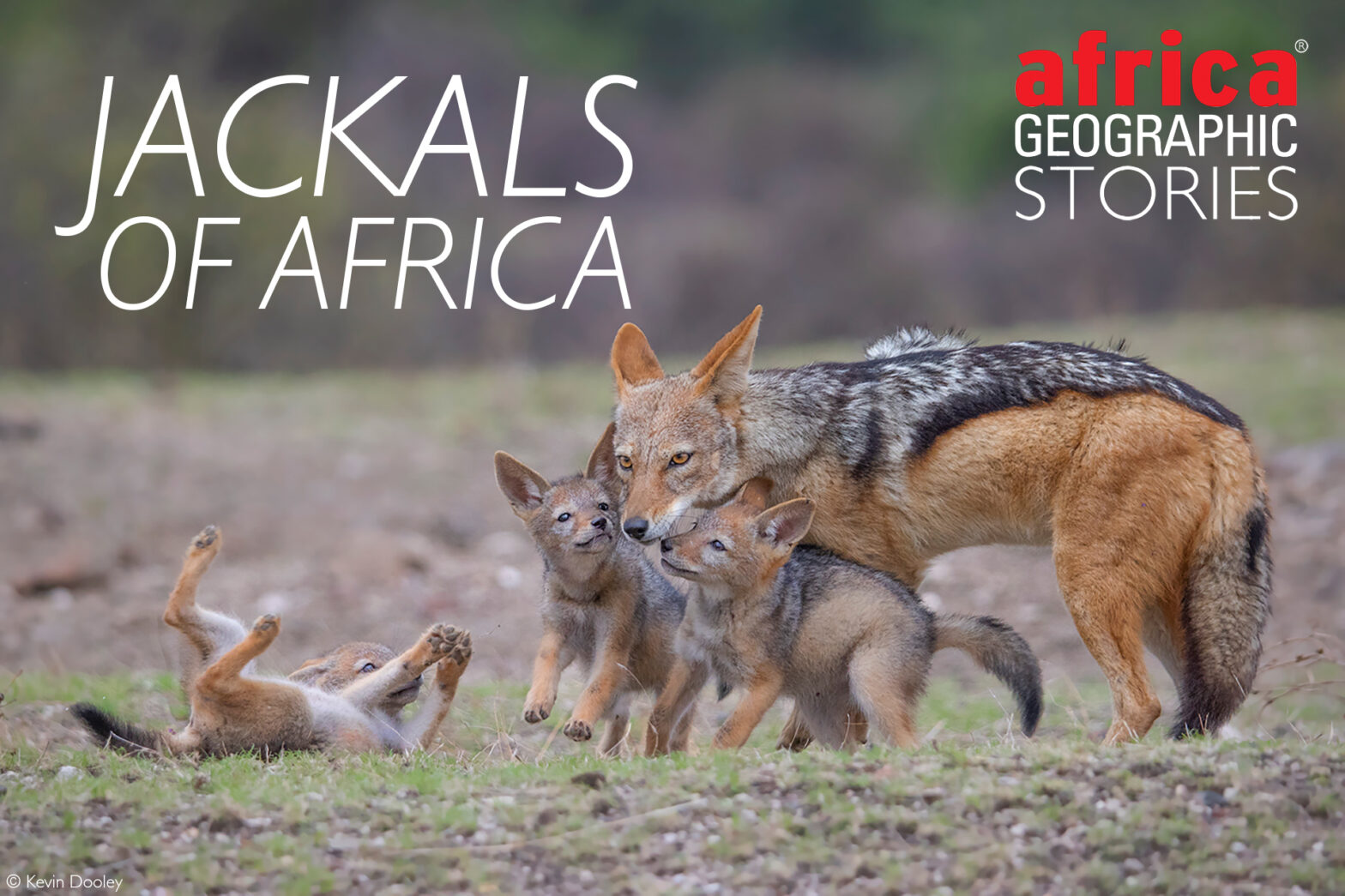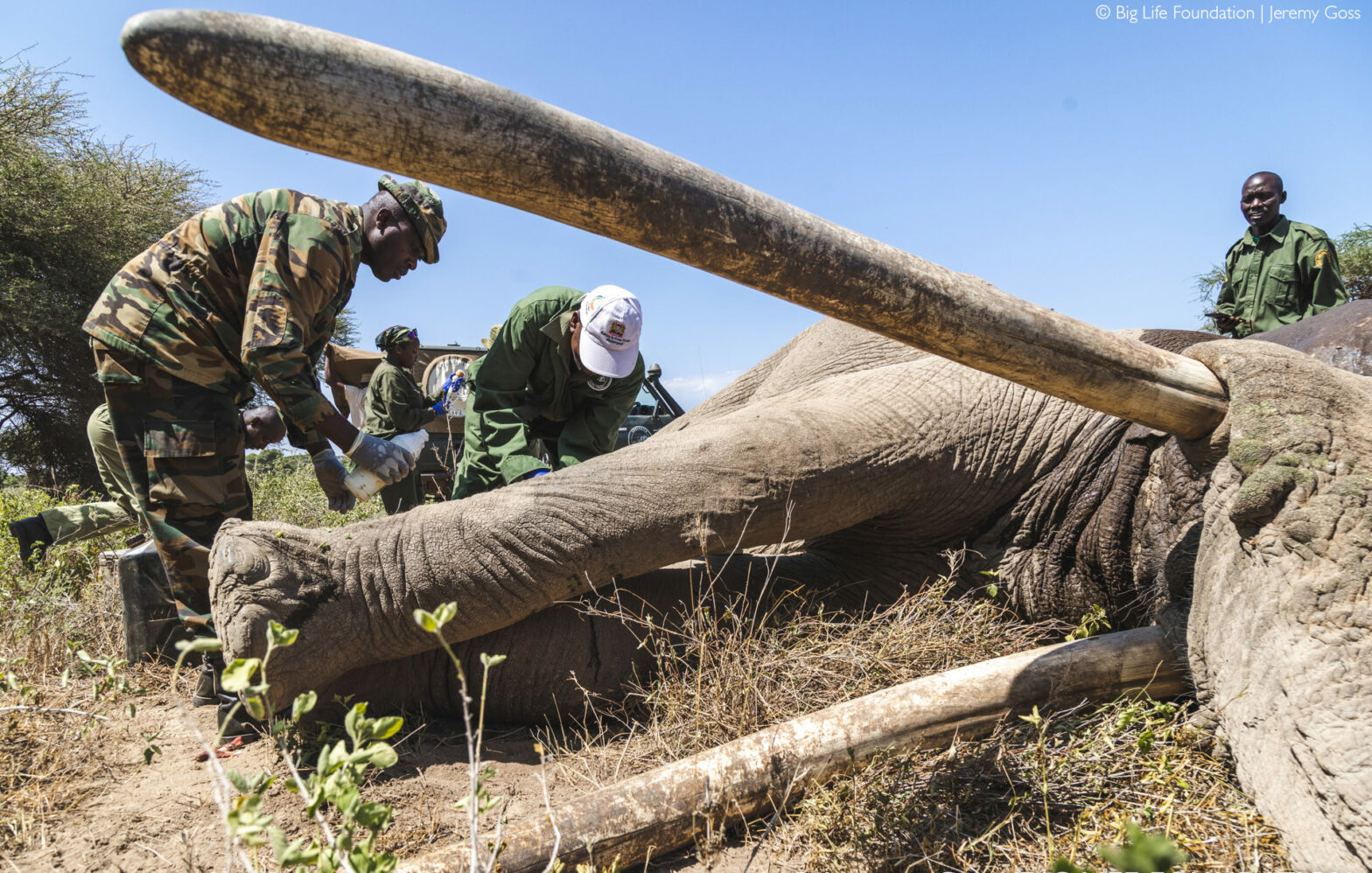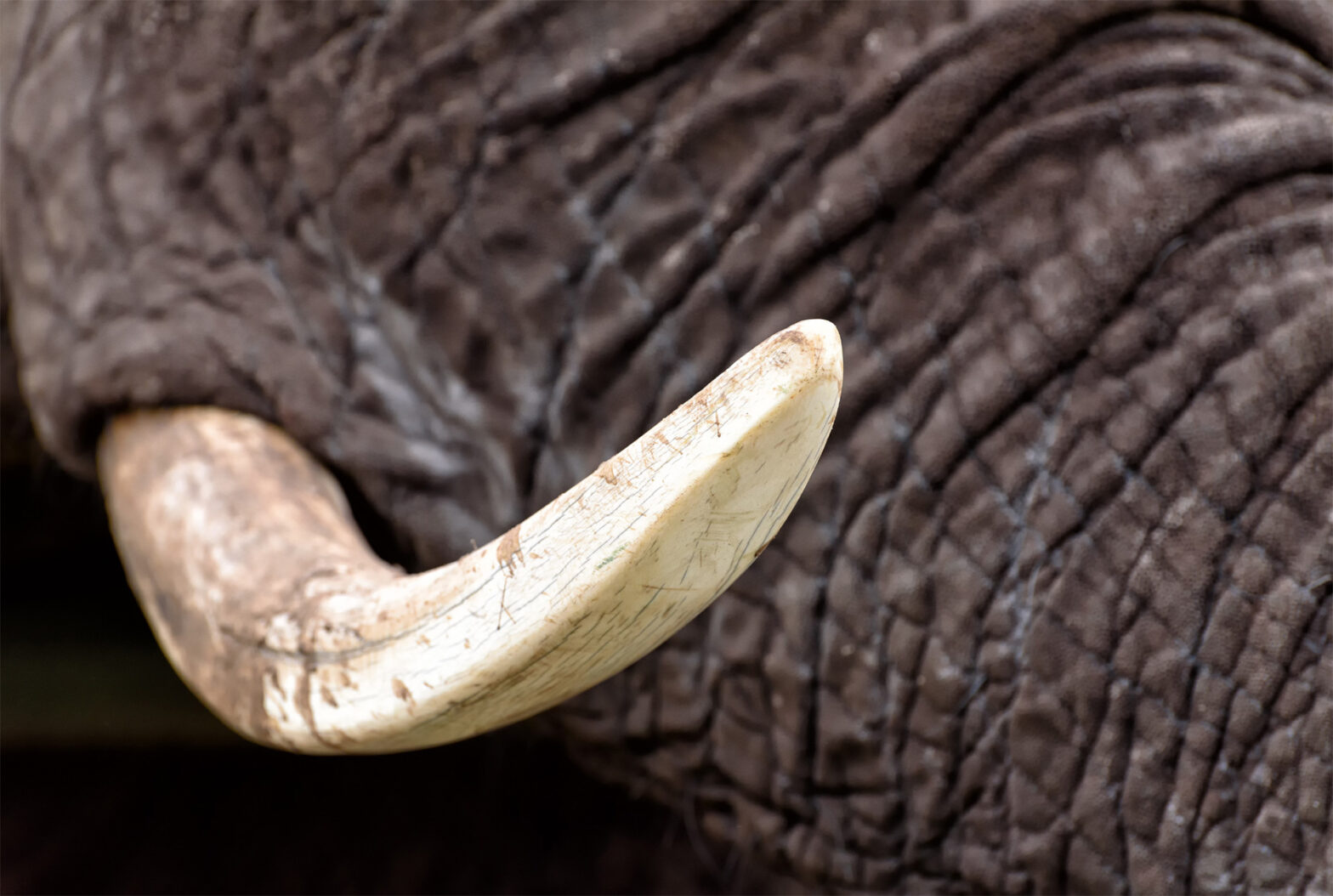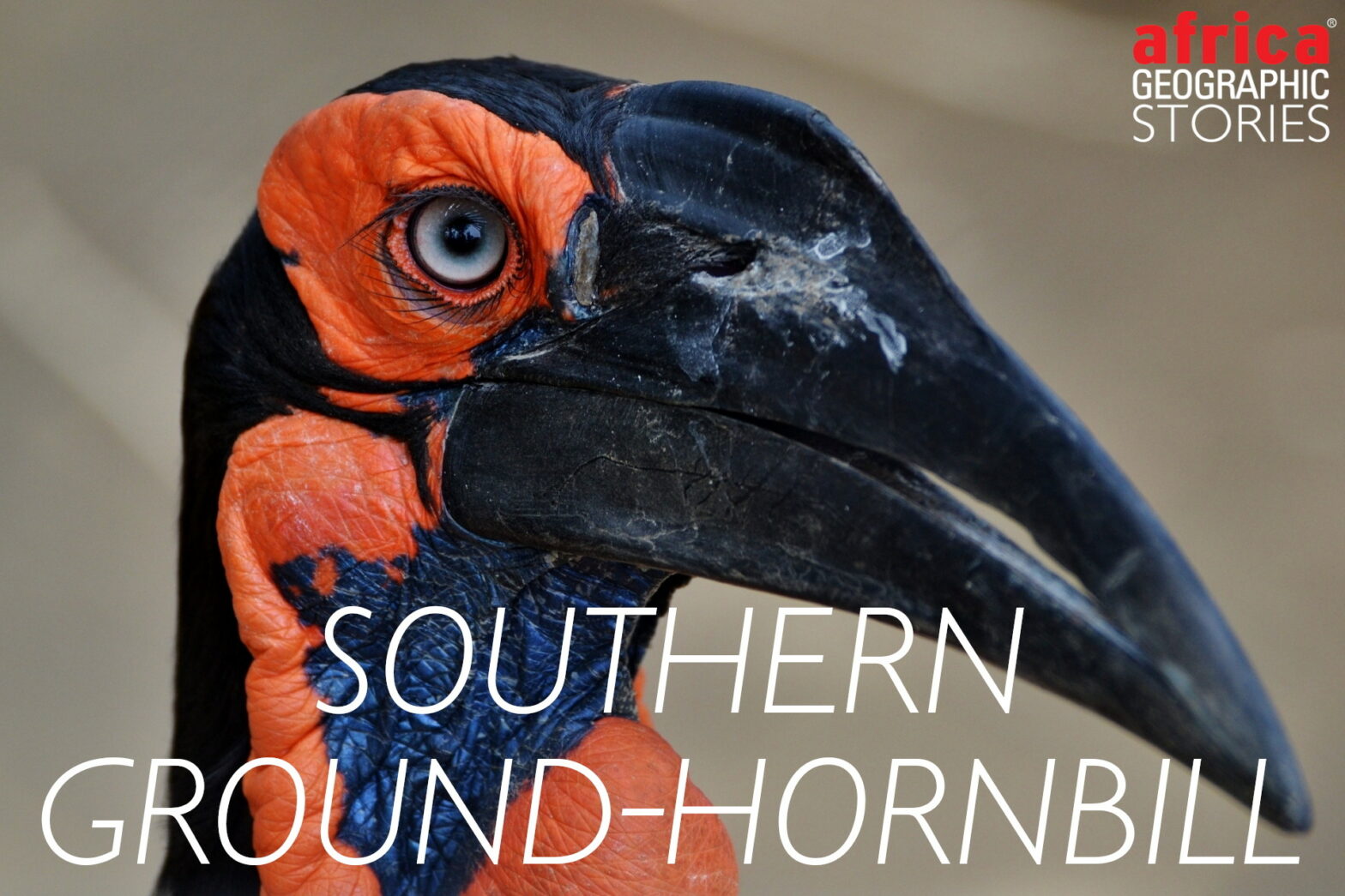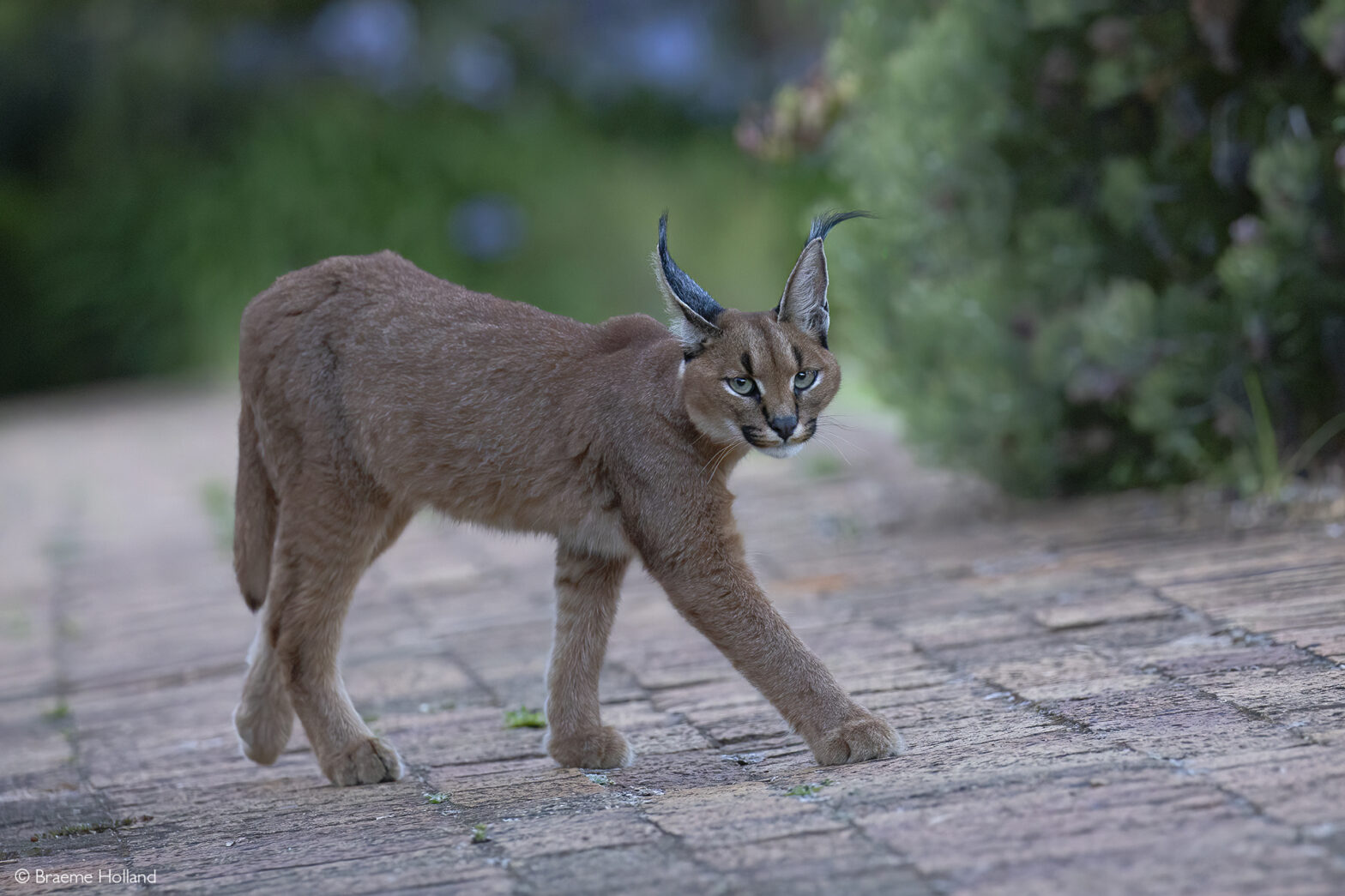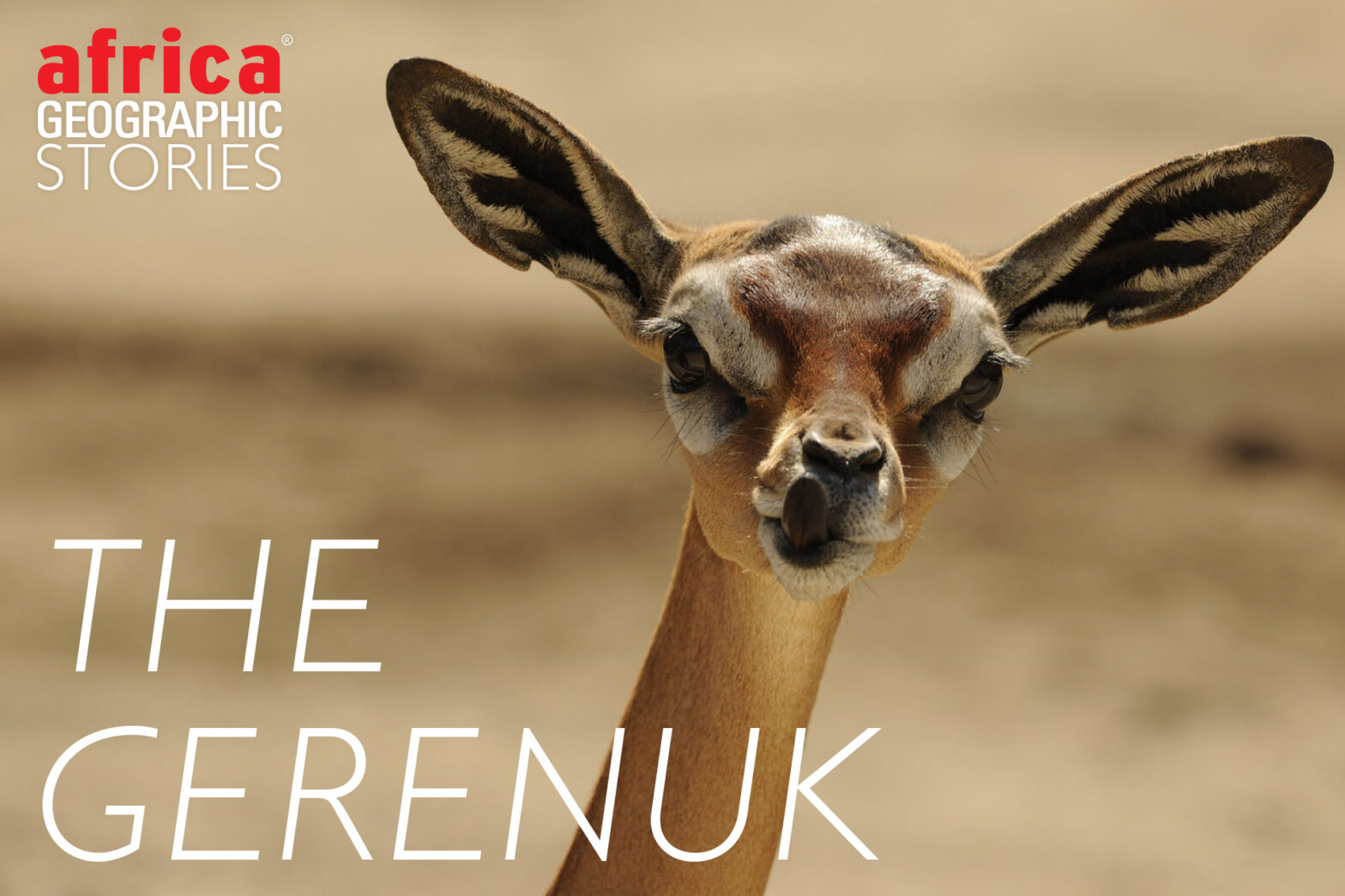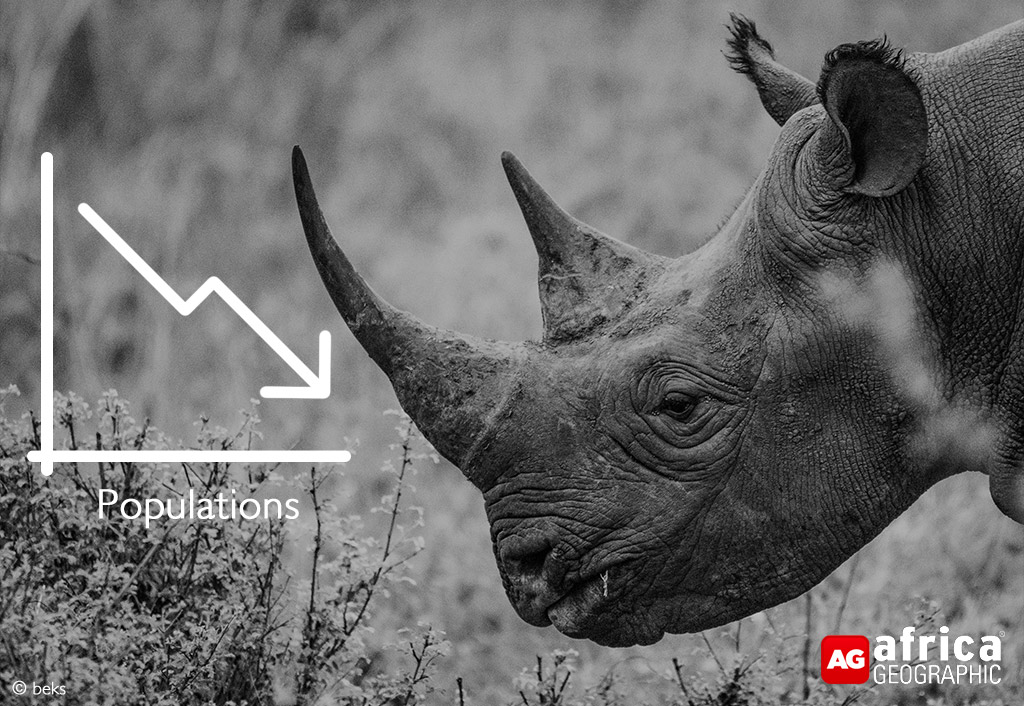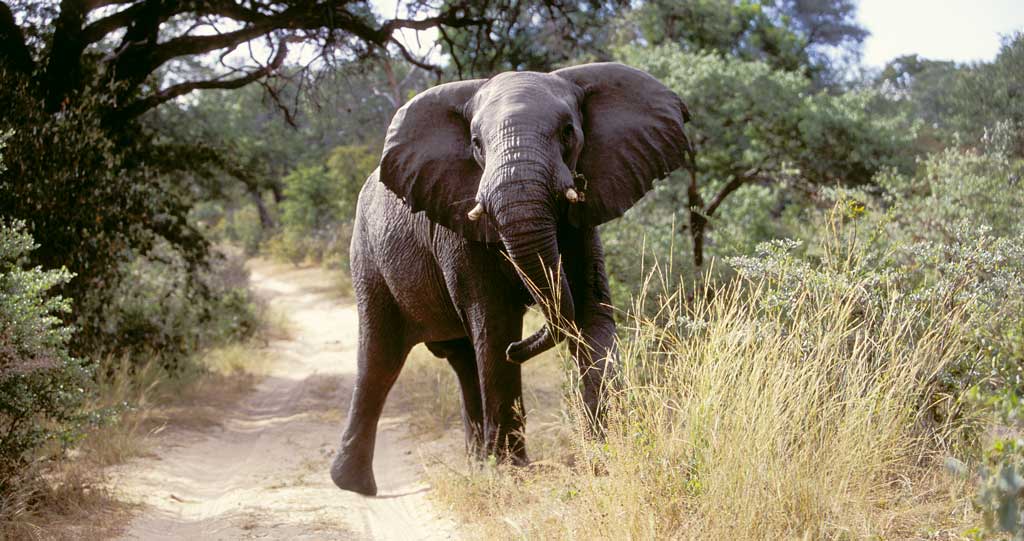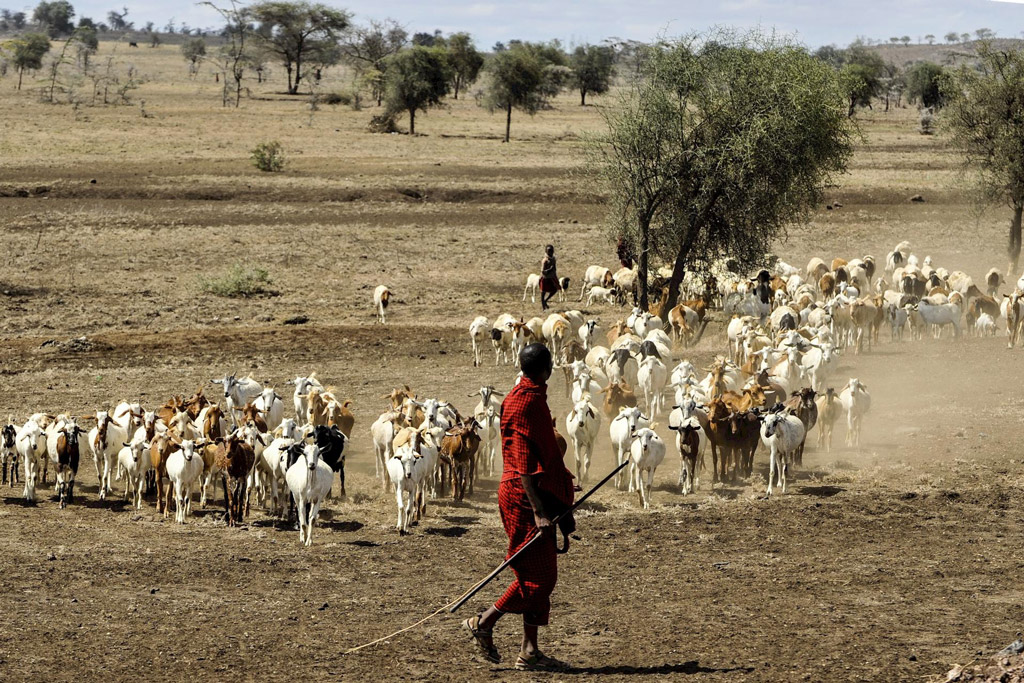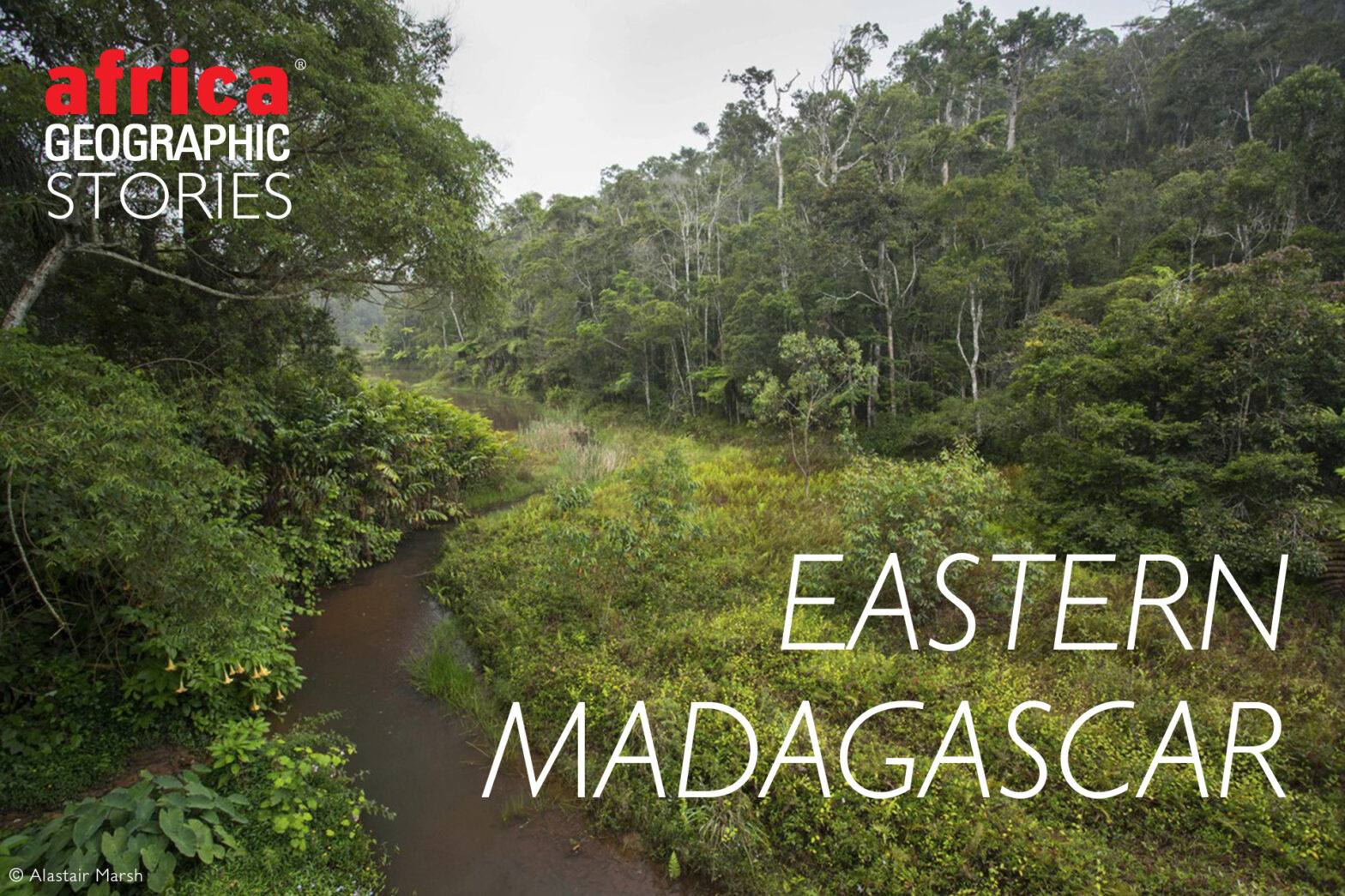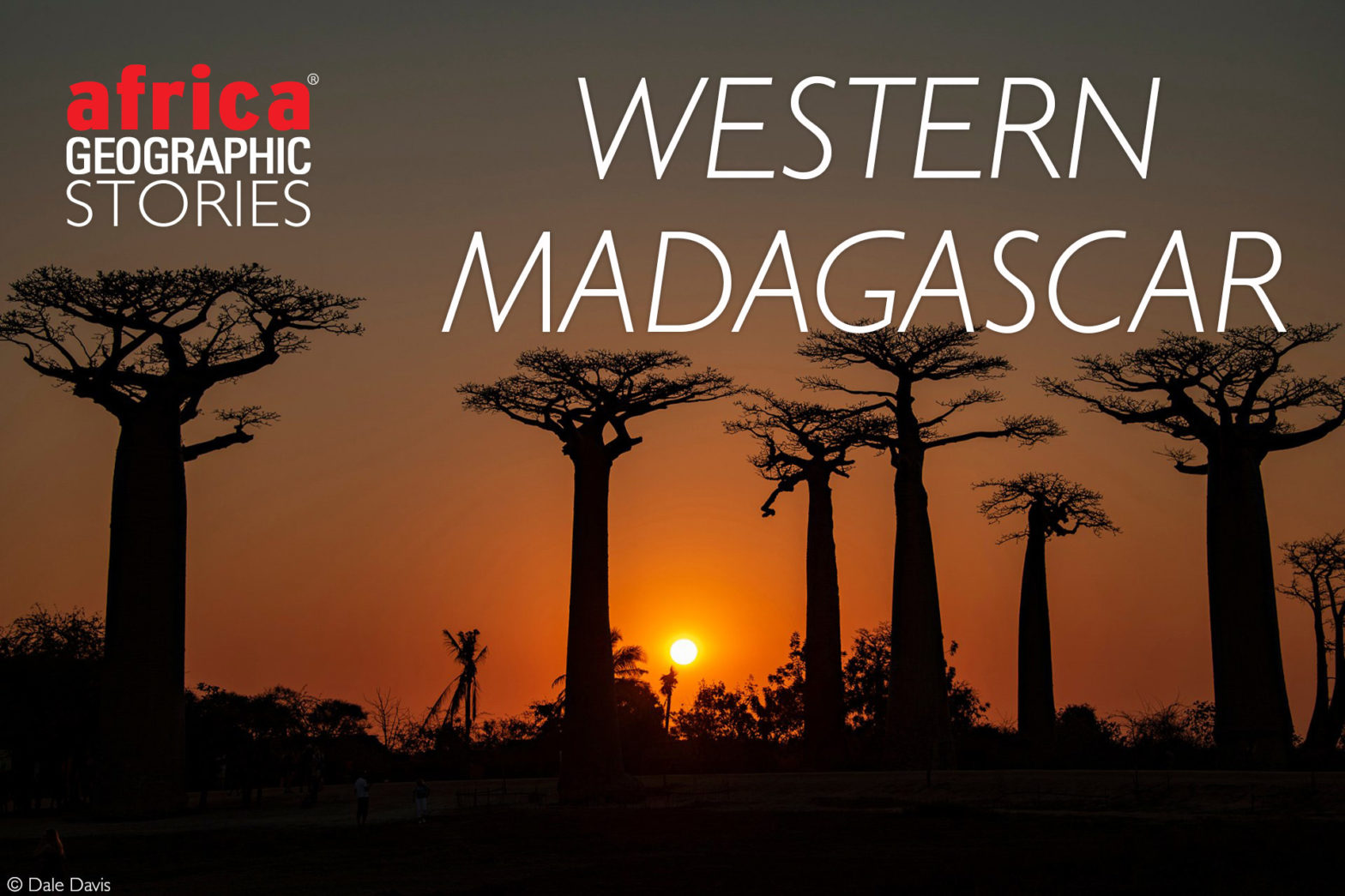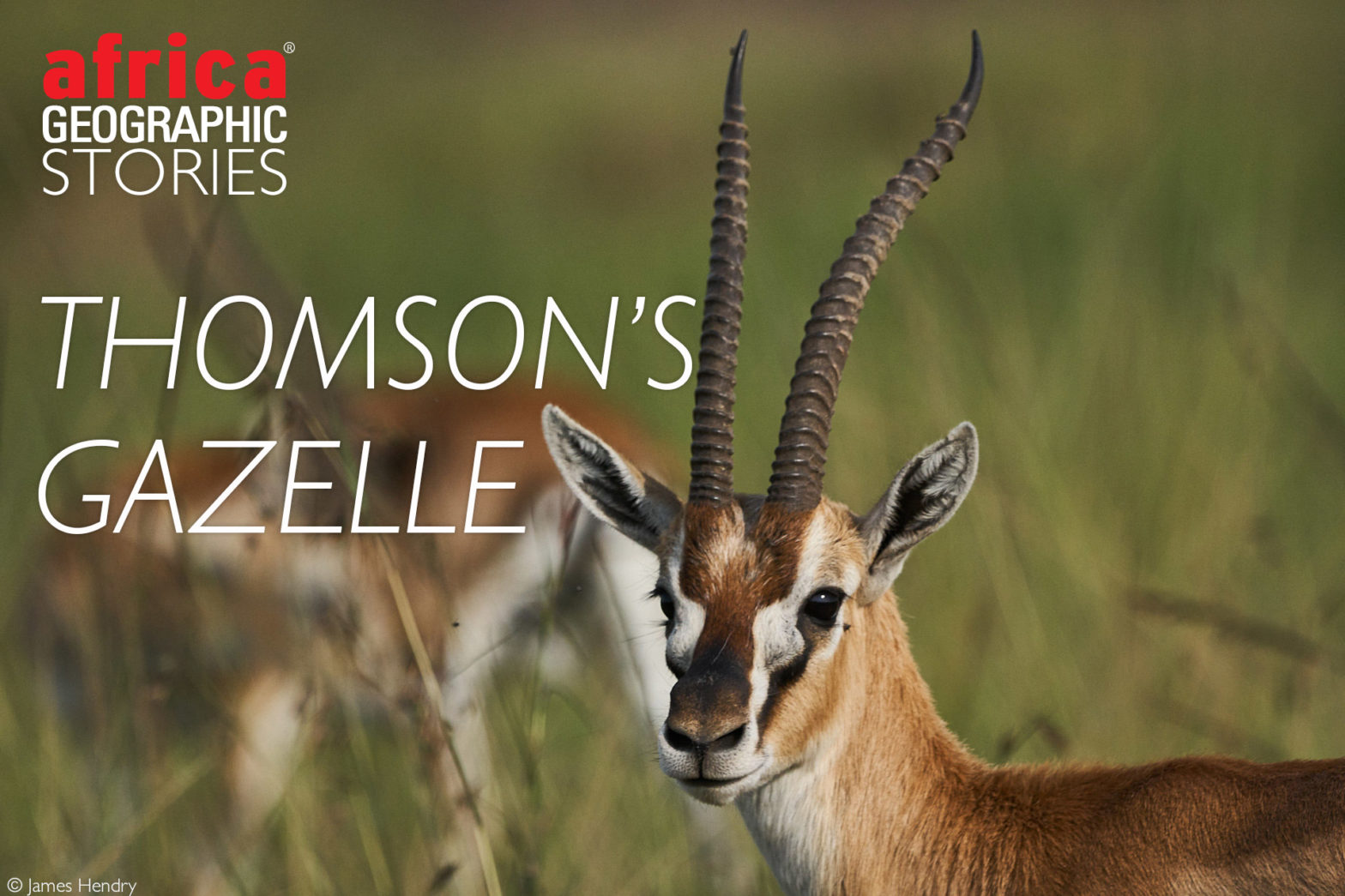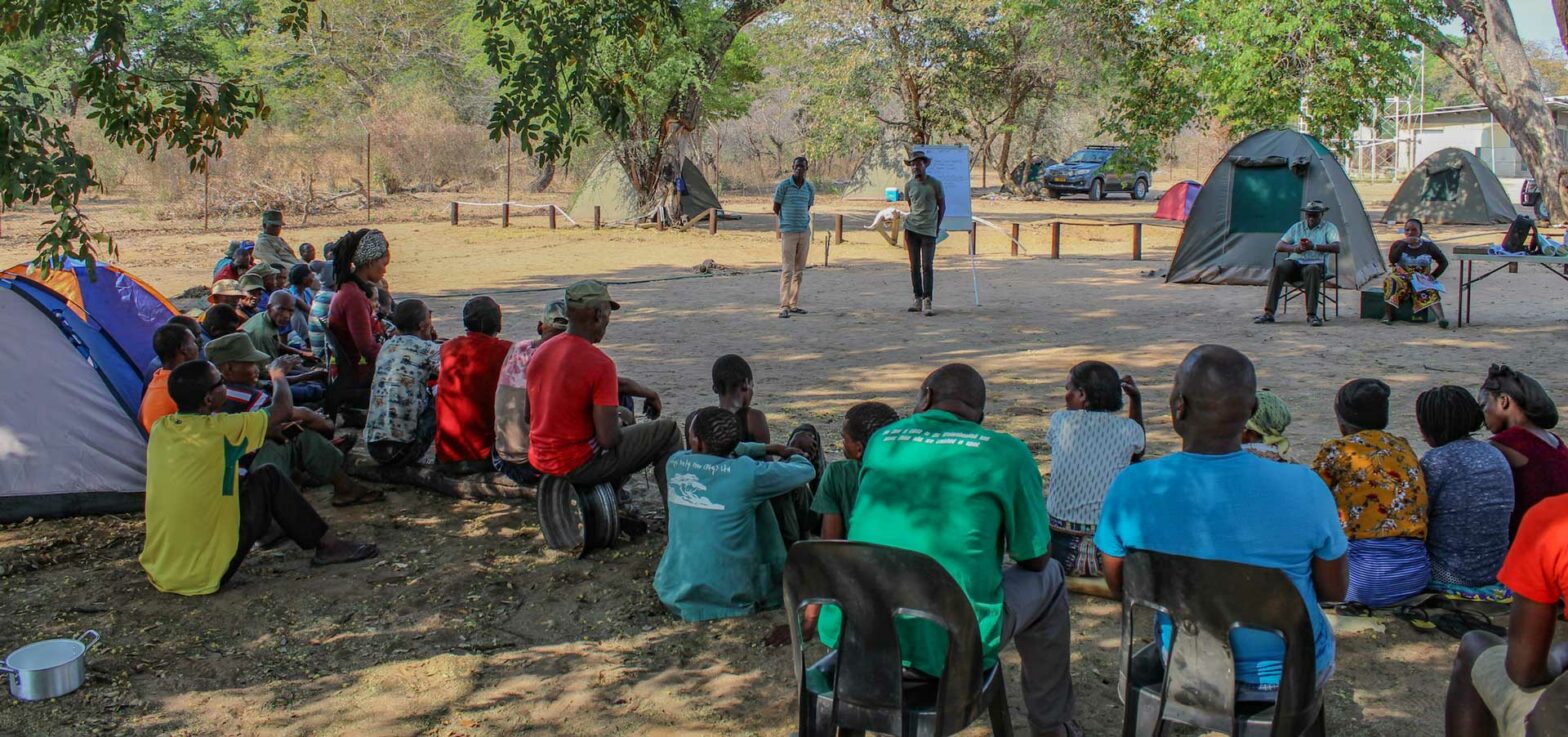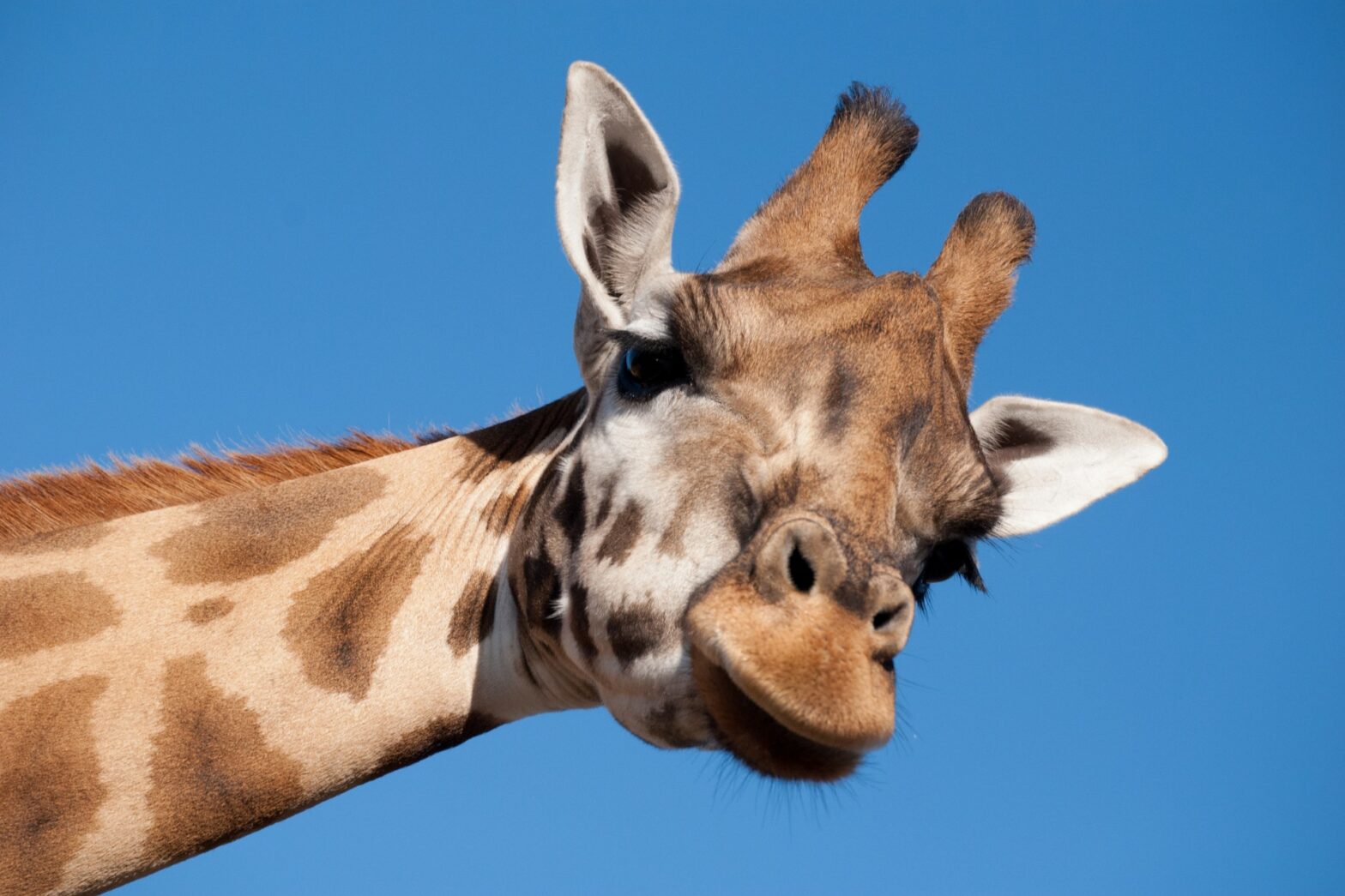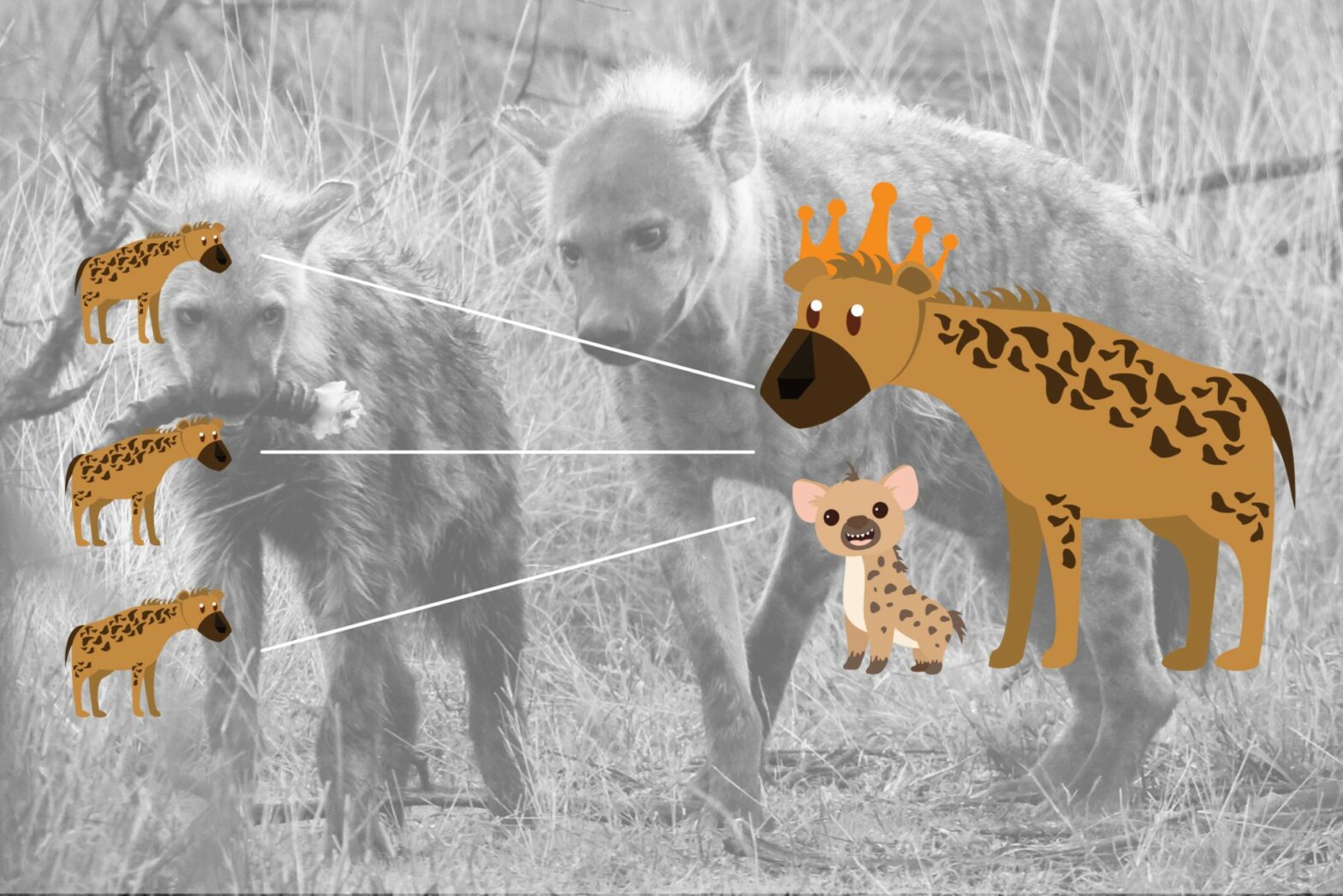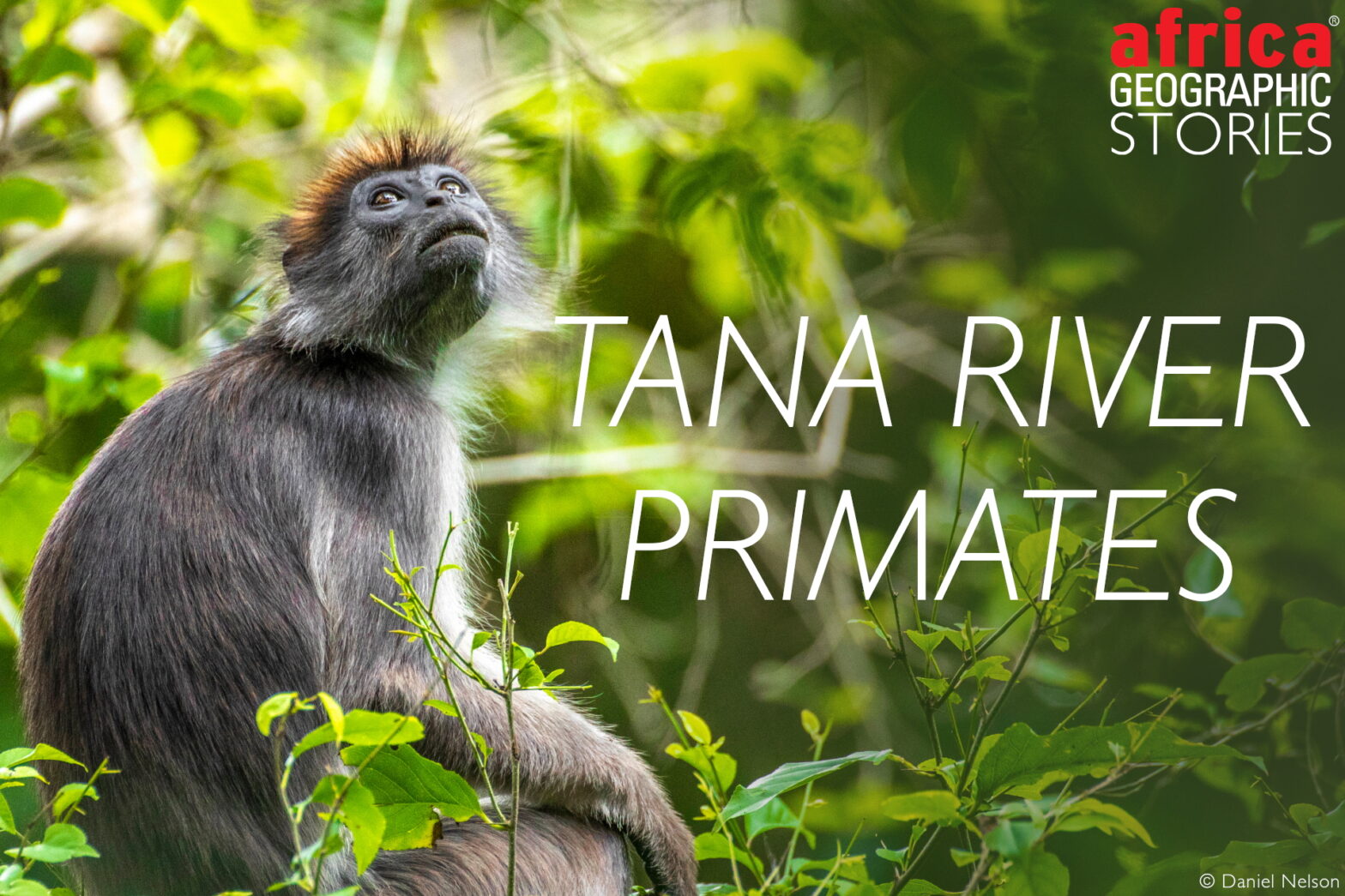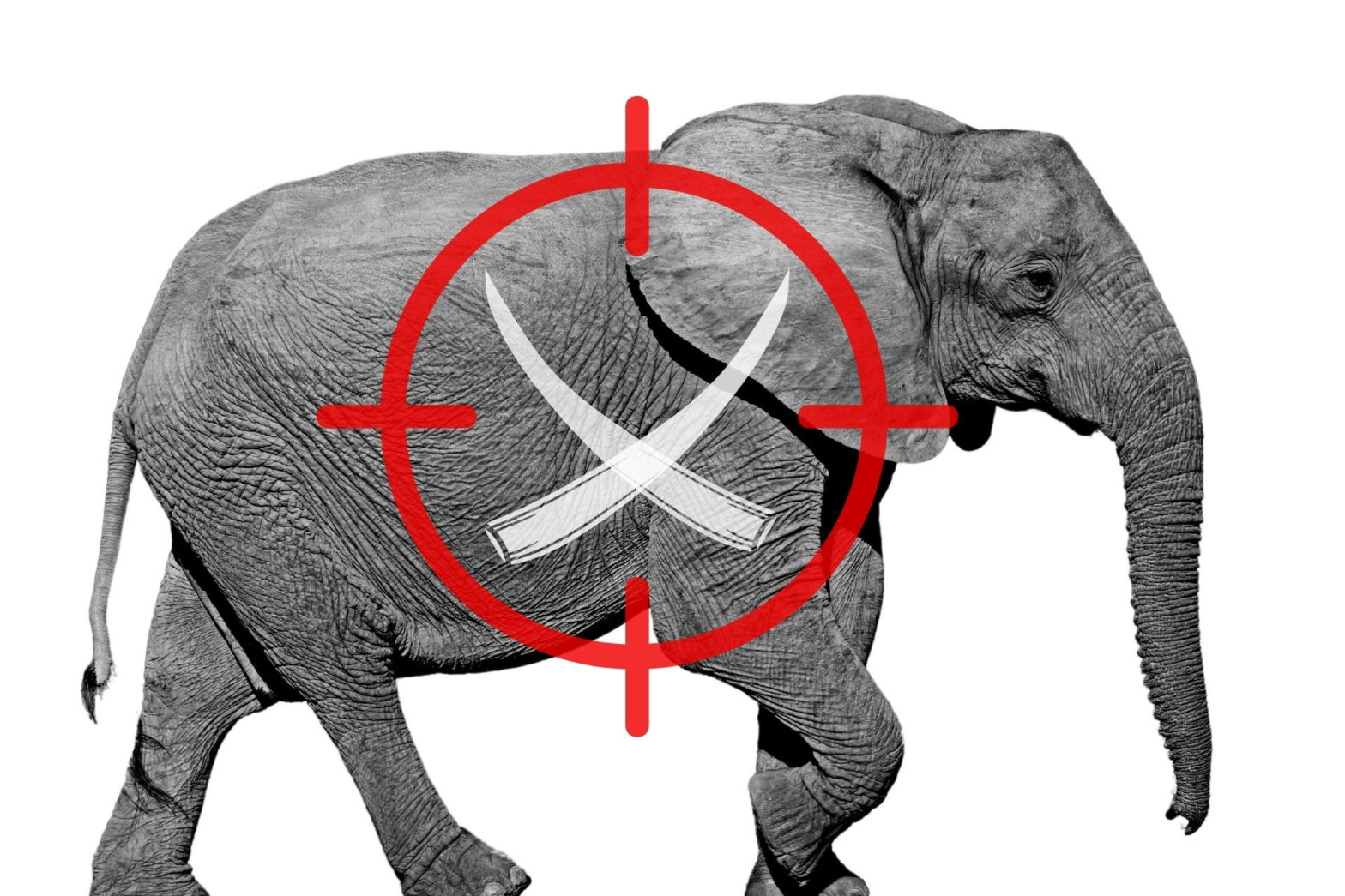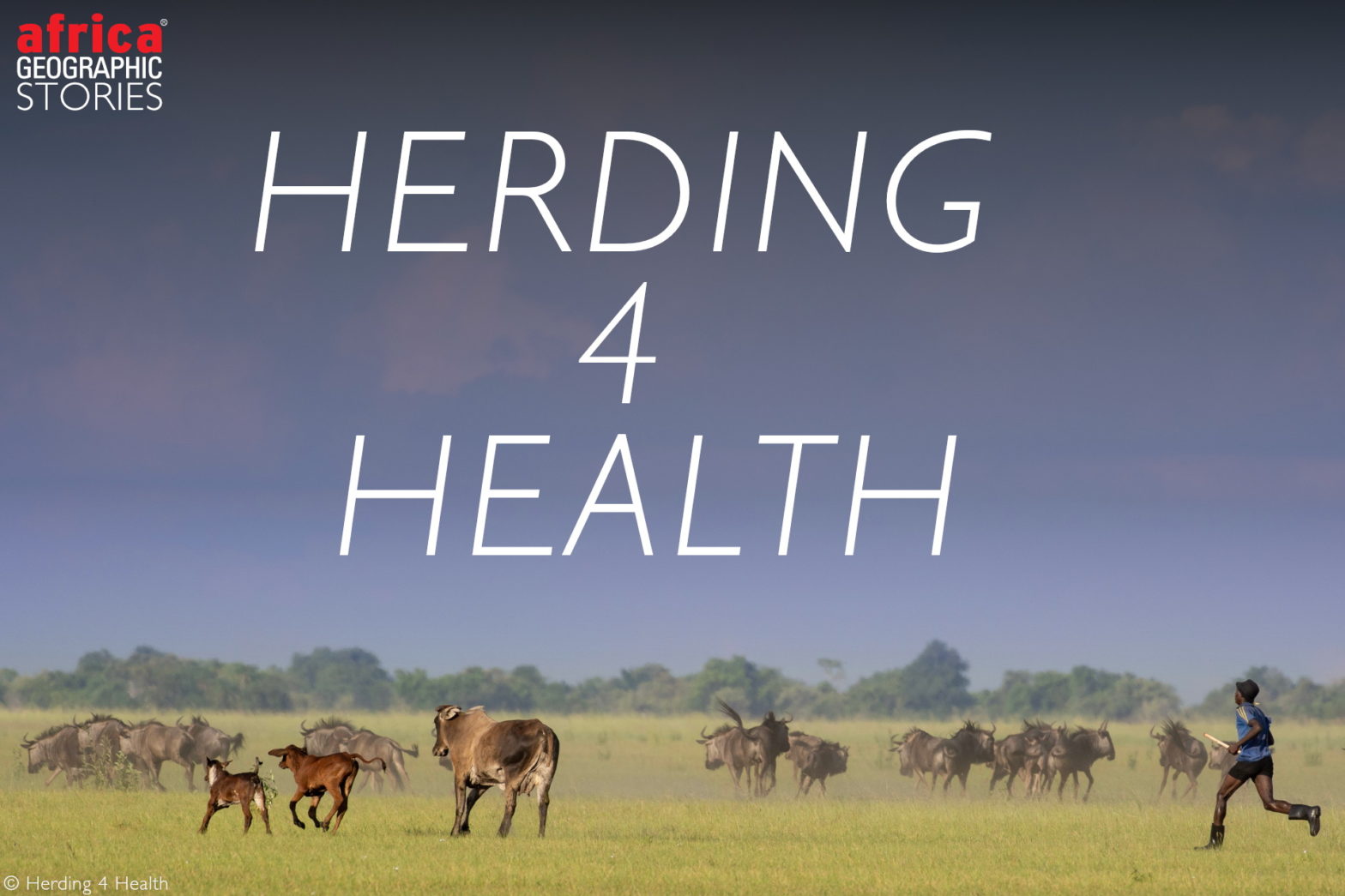Admired and feared, snakes are marvels of natural engineering, behaviour & movement. Here’s everything you need to know to understand snakes
Category Archives: Natural history
Lions target particular types of cows – research
Understanding how predators select cattle for prey could help in protecting livestock from lions, mitigating human-wildlife conflict
Five years until the Kalahari’s hornbills start to vanish
Scientists have predicted that the Kalahari’s hornbills will start to vanish in five years – and climate change is to blame
Hawaii’s conspicuous African chameleons
How did chameleons come to evolve their kaleidoscopic capacity? Escapees from the 1970s Hawaiian pet trade may hold the answer
Not on our watch: The Timbavati Traverse
The Timbavati Traverse is an excellent opportunity for bushveld walkers & runners to make a real difference for Greater Kruger’s rhinos
Kids eat first: research on wild dog feeding habits
New research shows that there is order in wild dog hunts. Painted wolf pups are the first to eat at a carcass.
Habituating leopards
Following the death of leopard Hosana, Jamie Paterson & Maxine Gaines take an in-depth look at leopard habituation & tourism ethics
Giraffe evolution – pieces of the puzzle
Under pressure – genetic research on giraffes reveals evolutionary secrets of how they cope with high blood pressure and maintain bone density.
Making Hippocrates proud: How animals self-medicate
Scientists have observed chimpanzees medicating the injuries of their peers – a behaviour never before witnessed in the animal kingdom
Kalahari’s overlapping cheetah litters
A cheetah mother has been observed simultaneously raising two cheetah cubs of different age classes – behaviour never witnessed in the wild
Northern Madagascar
Northern Madagascar – biodiversity, lush rainforests, mangroves, azure lagoons, palm-fringed beaches, lemurs and ferocious fossa
Trophy hunting will not save Africa’s lions – Opinion editorial
Trophy hunting will not save Africa’s lion populations, & the UK ban on imports is a positive step for conservation, writes Hans Bauer
Pongola’s elephant management crisis
Pongola Game Reserve can no longer keep its elephants. Malcolm Thomson explains the challenges of elephant management
Surviving in post-pandemic Zimbabwe
As tourism slowly recovers in post-pandemic Zimbabwe, hunger still stalks the country. Many resort to the basics to survive the loss of income
Elephant bulls – breeding and trophy hunting
Does the hunting of elephant bulls with large tusks lead to the decline of Africa’s tuskers? We examine the science
Hippopotamus
The hippopotamus – a large semiaquatic mammal – is one of the most powerful, speedy and feared animals in Africa
Keeping count – wildlife populations in Kruger’s private nature reserves
Associated Private Nature Reserves (APNR), part of Greater Kruger, completed their 2021 wildlife census. We analyse the ebb & flow of results
Farmed vs wild rhino horn – what the research tells us
Does farming of rhinos prevent illegal trade in wild rhino horn? Research into consumer preferences sheds light on the rhino-horn trade
How much to kill a woolly mammoth?
The trophy hunting of 2 of Botswana’s largest tuskers threatens community wealth, a wildlife corridor & tusker survival. By Simon Espley
South and central Madagascar
South and central Madagascar is popular with tourists who enjoy the spiny forests, elegant sifakas, ring-tailed lemurs and desert canyons
Hosana, famous Sabi Sand leopard, killed under tragic circumstances
Well-known leopard Hosana of Sabi Sand is believed to have been killed in self-defence by an anti-poaching unit on patrol
Iconic Amboseli super tusker Tolstoy dies
Famous Amboseli super tusker Tolstoy has died at the age of 51, six weeks after being treated for a spear wound
Trophy hunters kill two of Africa’s biggest elephants in Botswana
Trophy hunters have killed 2 of the largest elephants left in Africa. The ongoing removal of large-tusked elephants is a conservation concern
Counting animals – the technology helping conservationists
Counting wild animals can be a complicated process, particularly when estimating populations in some of Africa’s massive protected wild areas
Botswana to develop 8 new lodges on Chobe Riverfront?
Botswana’s dubious call for tenders for 8 new lodges in Chobe NP, despite regulations preventing developments, has angered environmentalists
Big cat farming and the illegal tiger trade in South Africa
South Africa’s illegal tiger trade and farming of other big cats threatens the wild populations of these animals across the world
Jackals of Africa – consummate survivors
Jackals are the ultimate survivors of the African bushveld. These social & intelligent canids are expert opportunists and masterful lurkers
Super tusker Tolstoy treated for spear wound
Amboseli super tusker Tolstoy is in recovery after being treated for a spear wound, following a midnight raid on nearby crops.
Namibia’s elephant auction: Evaluating the results
Namibia’s controversial elephant auction: balancing conservation, welfare and legality – Opinion editorial
Japan: An illegal ivory trader’s haven – new report
Japan’s domestic ivory market is driving the illegal ivory trade around the globe, creating a cover for illicit imports and exports
Southern ground-hornbill – Africa’s rara avis
The southern ground-hornbill is a complex, social, endangered species that marks the dawn chorus with its haunting, thunderous call
Caracals of Cape Town – navigating a landscape of fear
Caracals navigate the dangers of the urban Cape, attracted to the edge of urban spaces at a significant potential risk – new research.
Gerenuk – Africa’s gawky oddball
Gerenuk: these tiny giraffe gazelle are endearing, somewhat comic and almost alien in appearance – and high on the safari bucket list
Hope for African wild dogs? New report
Could we double African wild dog (painted wolf) numbers by 2050? With funding, collaboration and recovered territory, it’s possible.
More forest elephants in Gabon than previously thought – new research
Good news: there are more forest elephants in Gabon than previously believed – first countrywide elephant population estimate in 30 years
Kruger rhino poaching update: 75% population reduction in 10 years
Rhino poaching has decimated Kruger NP populations by 75% in 10 years. We dive into the latest research figures from SANParks
Wildlife corridors – paths of connection and hope
Wildlife corridors are used by lions, elephants & other large creatures. If humans avoid those corridors they can reduce loss of lives & livelihood
The emotions of human-wildlife conflict
Human-wildlife conflict – emotions and cultural significance attached to wild carnivores strongly influence mitigation strategies. New Research
Eastern Madagascar
A journey through eastern Madagascar is an adventure for endemic lemurs, birds, reptiles, pristine beaches and ancient forest
Western Madagascar
Western Madagascar boasts iconic images and creatures – fossas, lemurs galore, upside-down trees and rocks with teeth!
Thomson’s gazelle – underappreciated speedster
The Thomson’s gazelle is an under-appreciated antelope of the Mara-Serengeti – a terrific athlete, and integral part of the Great Migration
Lion nomad settles in Zinave NP – first in 30 years
A large nomad lion has settled in the remote Zinave NP, Mozambique; the first lion there in 30 years – major conservation success story
Orange bat discovered in Guinea
A new (orange) bat species has been discovered in Guinea. With bright orange fur and black wings, Myotis nimbaensis is unlike any other bat
Furore over Namibian community-based conservation
Journalists target Namibia’s community-based conservation program. This is what 76 affected entities have to say – decide for yourself
Giraffe conservation status – latest numbers give hope!
Good news! All 4 giraffe species populations have been increasing after sustained conservation interventions
High society – spotted hyena inherit social networks
High-ranking spotted hyena cubs inherit a social network of allies which increases access to resources & breeding opportunities: New research
Tana River primates – on a broken wildlife highway
The critically endangered Tana River red colobus & mangabey are endemic to the forests on the banks of the Tana River
Poaching and tuskless elephants – the scientific confirmation
Ivory poaching selectively drives the evolution of tuskless elephants – new research confirms what many experts have suggested for decades
Herding 4 Health – people, livestock and conservation
Herding 4 Health is a rural community activity promoting conservation by teaching innovative herding in and near wildlife areas
Sunbird feathers and the sweltering cost of beauty
Gorgeous iridescent sunbird feathers play an essential role in visual communication but could dangerously increase heat absorption – new research

